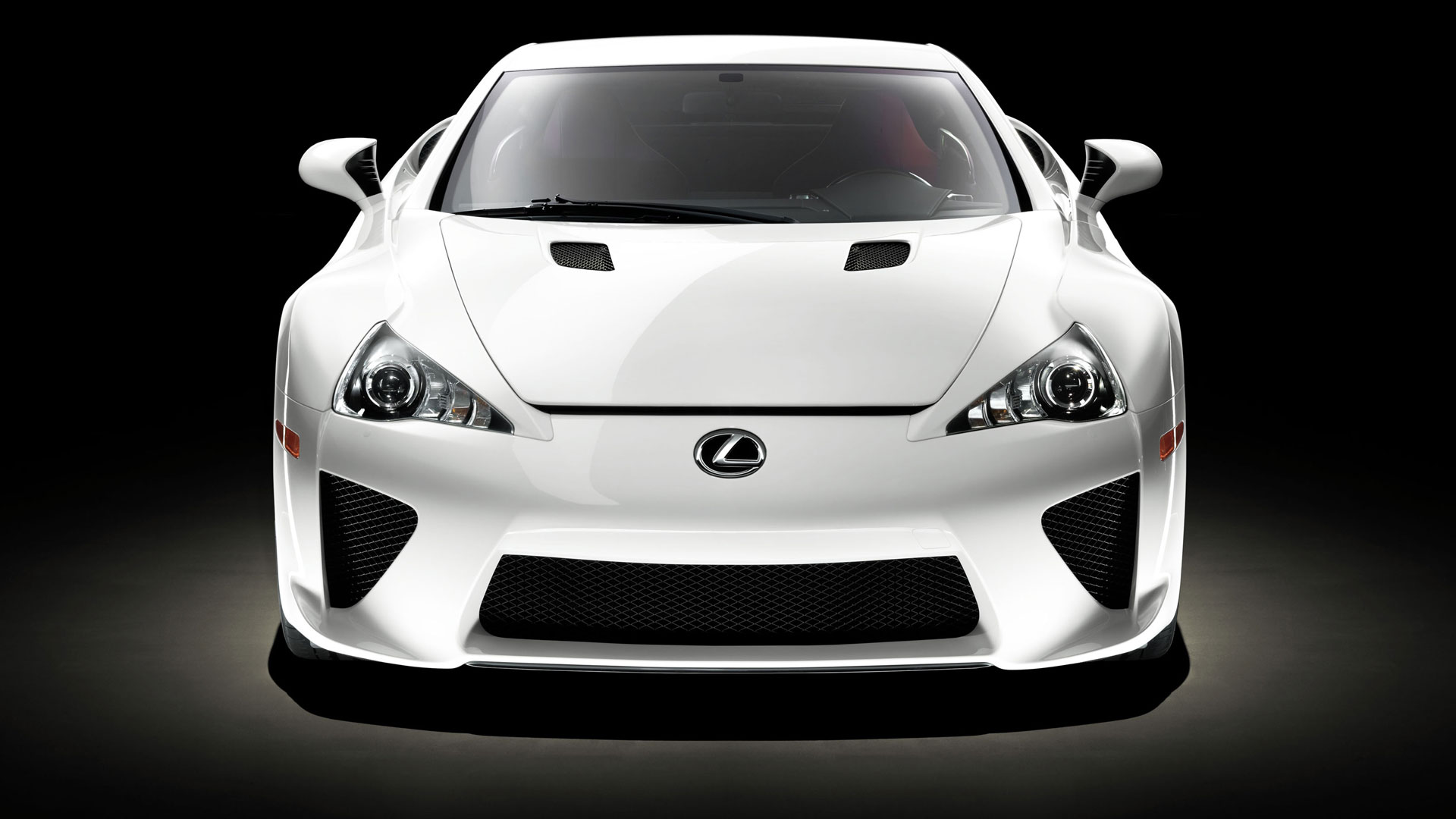
Lexus sold its 10-millionth vehicle in February 2019 – a remarkable achievement for a brand with just 30 years heritage to its name. The LFA (pictured) is arguably the company’s most high profile vehicle, but the Lexus story begins in the mid-1980s with the development of bespoke luxury car. We’ll attempt to tell the Lexus story in just 30 captions.
Toyota Century
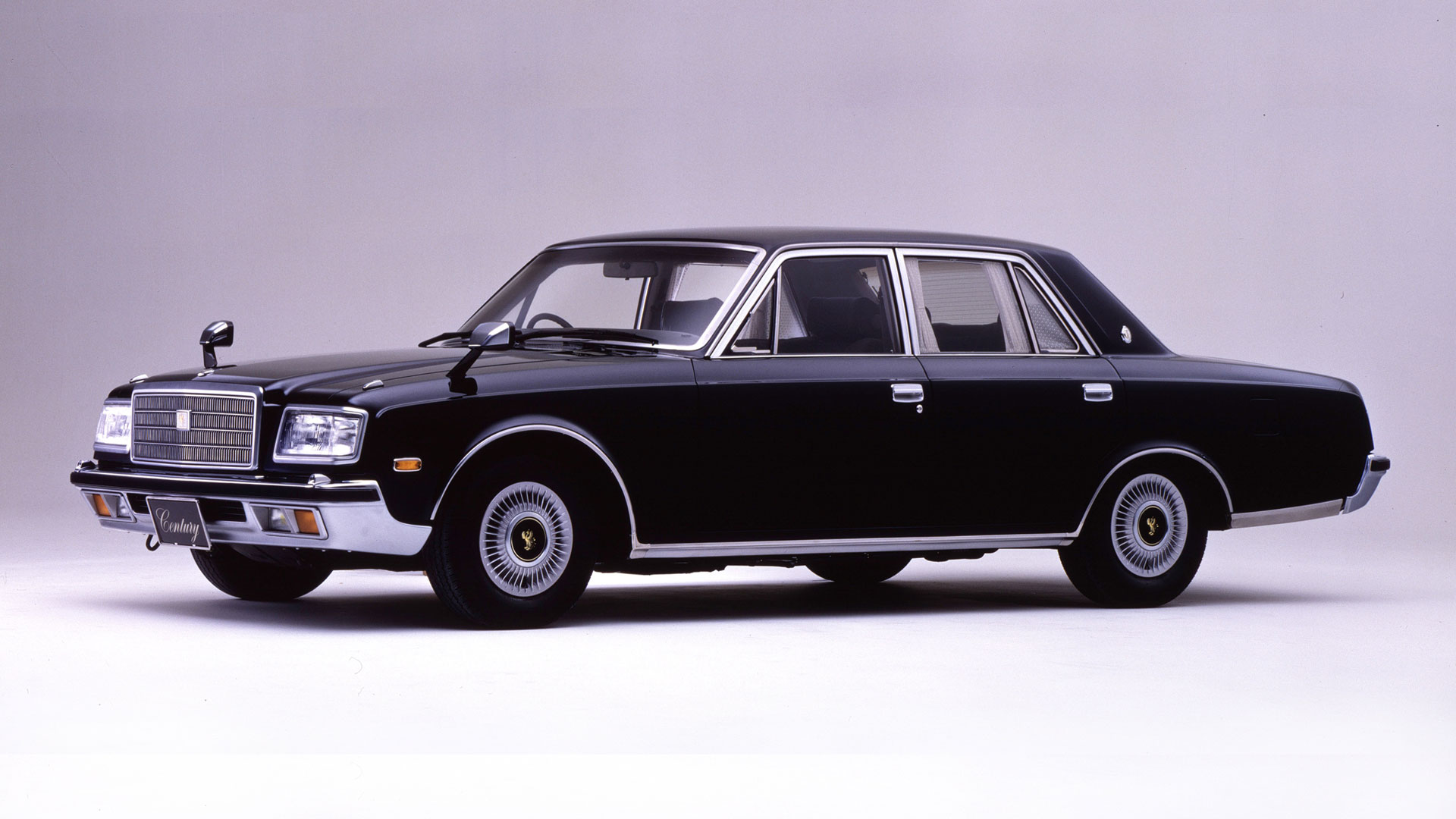
The Lexus timeline begins in 1983, when Toyota chairman Eiji Toyoda asked his staff if they could build a world-beating luxury saloon. Merely competing wouldn’t be enough; this car would need to exceed the high standards set by Mercedes-Benz, Jaguar and BMW. Toyota knew how to build a luxury car for the domestic market – the Century was proof of that – but creating something for export was a different proposition.
Toyota Camry
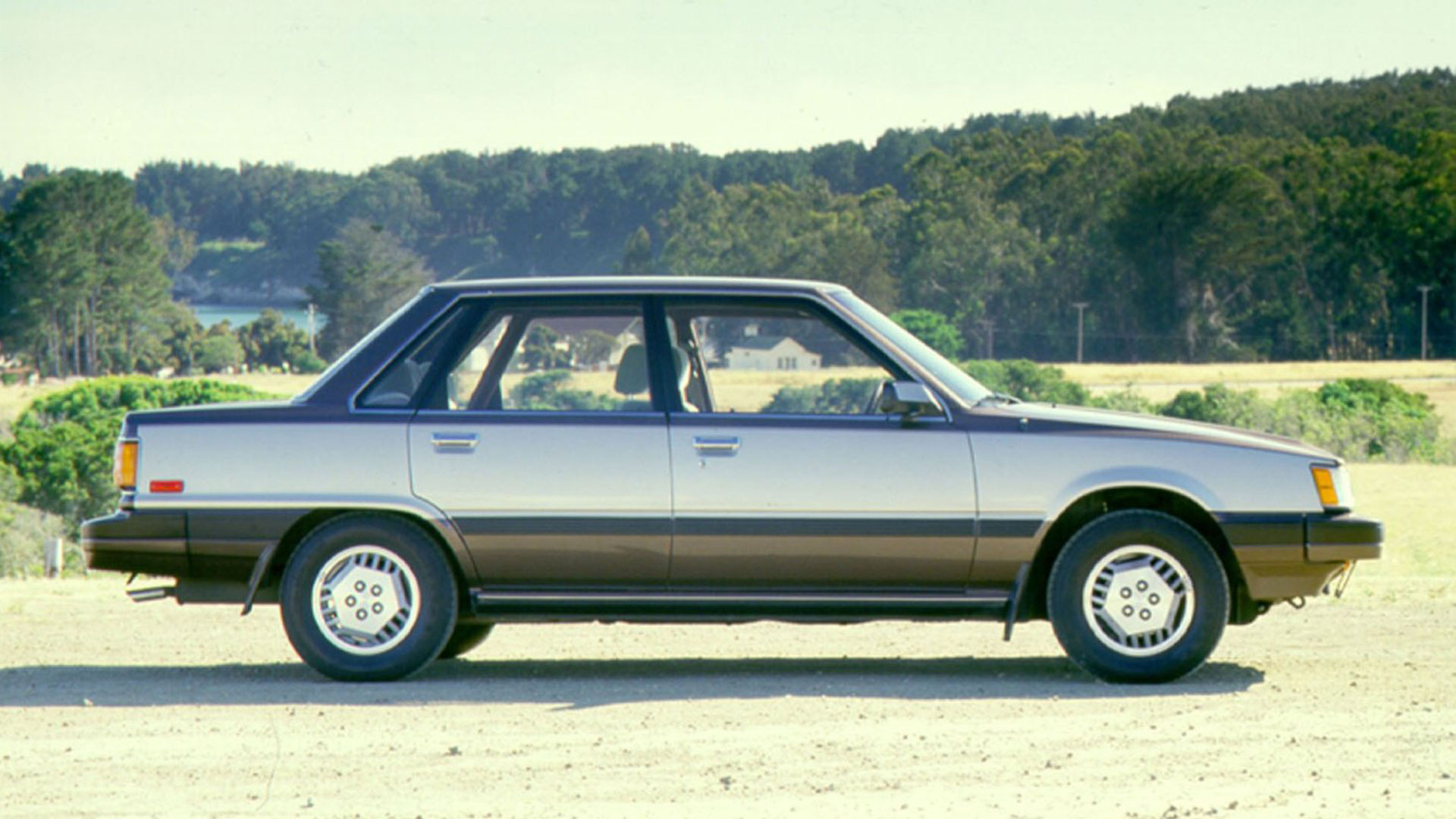
Toyota knew the market was there, particularly in the United States. “The luxury car market is projected to be the fastest growing segment over the next several years as the ‘baby boomers’ enter their peak earning years,” it said with confidence. As much as their loyal customers liked the Camry, as they became more affluent, they began demanding more. A Toyota badge just wouldn’t cut it – not when they could afford a Cadillac, Mercedes or Jaguar. Yukiyasu Togo, president and CEO of Toyota US was highly supportive and actively encouraged the Japanese to progress the project.
Project F1
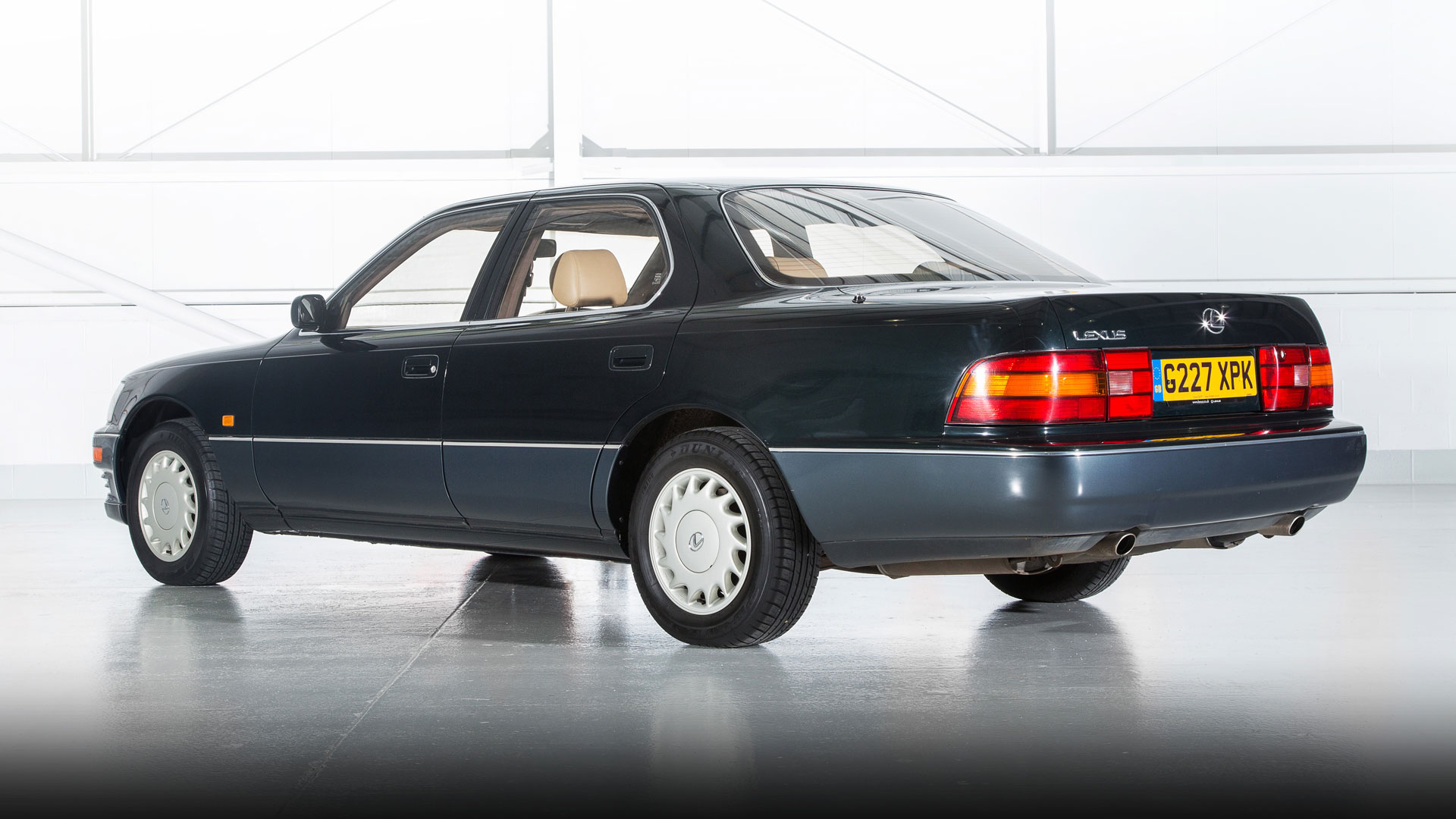
The result was the F1 project – that’s F for Flagship and 1 for excellence. Amazingly, Toyota didn’t set a time limit for completion; the engineers and designers were given free rein in the pursuit of excellence. Researchers were sent to America for four weeks to explore the heart and minds of the US consumer. A five-person design team was dispatched to Laguna Beach to study the lifestyles of the traditional luxury car buyer. When Japan sets out to do something, there are no half measures – no stone is left unturned. Toyota identified which manufacturer led its field of expertise, analysed why, and then developed a plan to beat it.
Lexus LS 400
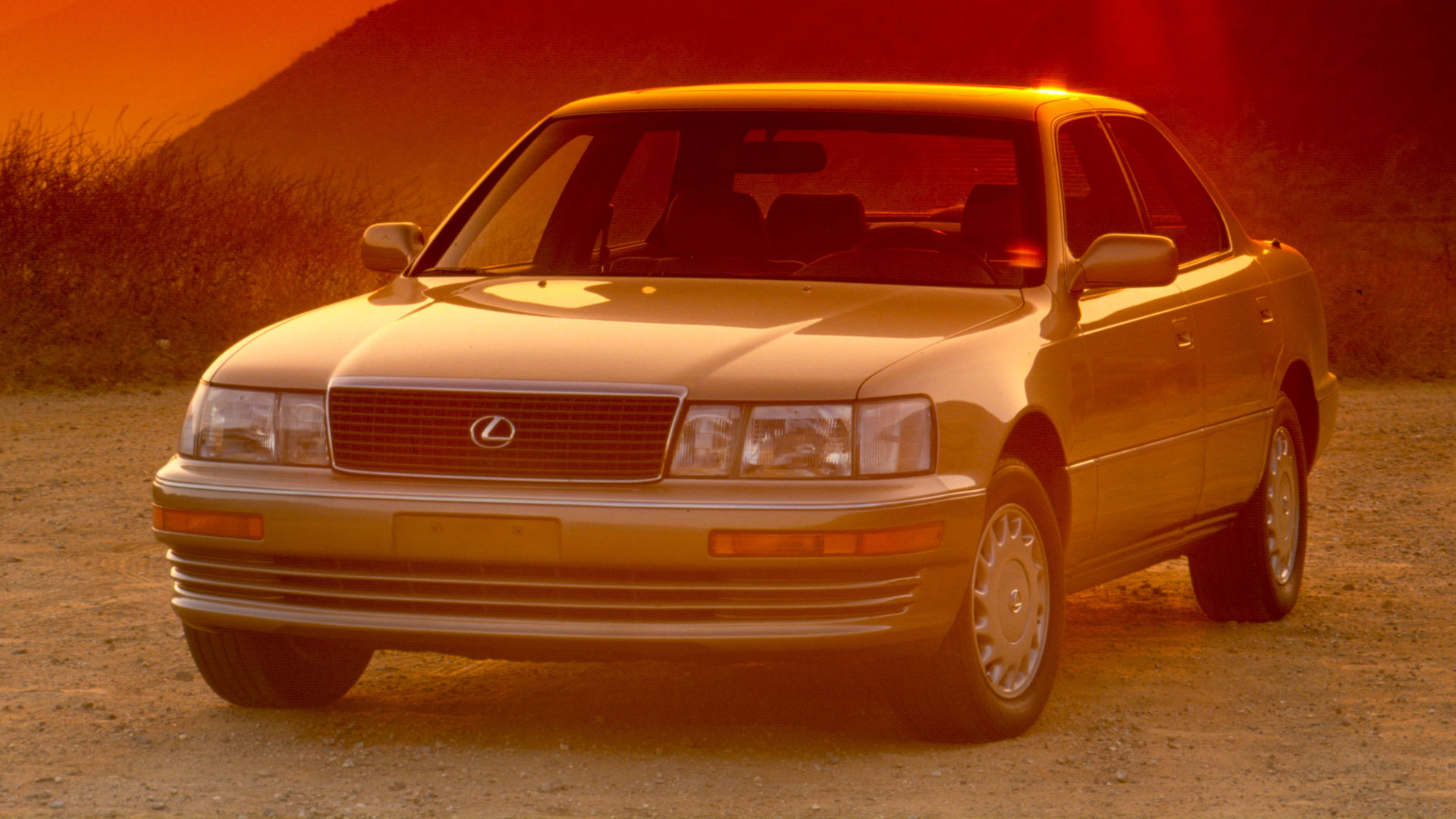
The result was the Lexus LS 400: a car we waxed lyrical about in February. The car unveiled at the 1989 Detroit Auto Show followed 450 prototypes, millions of miles of testing and a team of thousands. No fewer than 973 prototypes engined were created, with Toyota opting for a 4.0-litre V8 because a six-cylinder unit wouldn’t have delivered the smoothness and efficiency required for a high-end luxury vehicle.
Lexus dealers
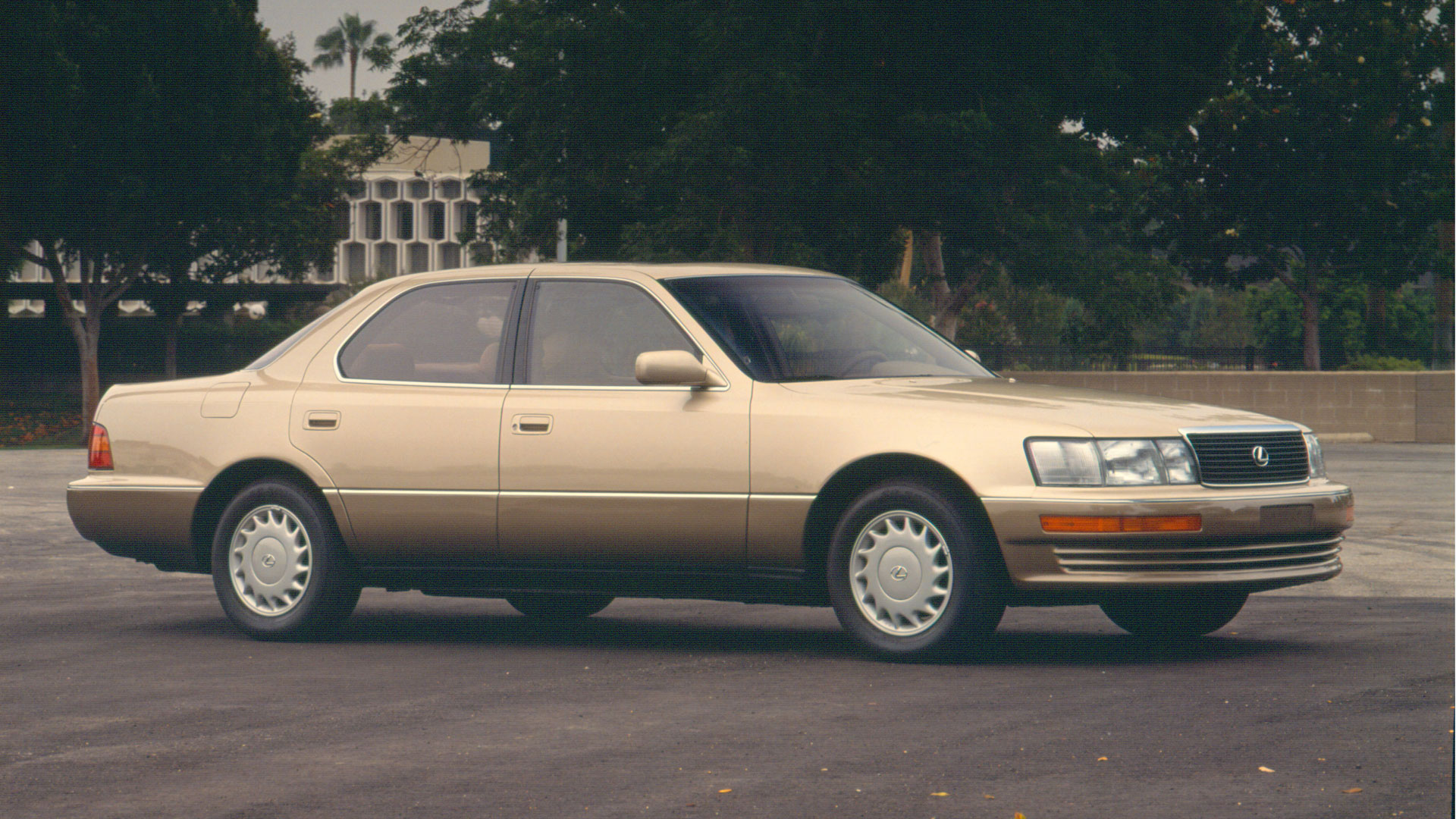
The Lexus brand debuted a year earlier at the 1988 Los Angeles Auto Show, with the first 70 dealers named in May. A massive 1,500 US dealers enquired about a Lexus franchise, but each one was subjected to a careful and considered selection process. Toyota dealers were considered if they could demonstrate a track record of delivering first class customer service, but ultimately 121 outlets were selected for Lexus’ first year of business.
Lexus advertising
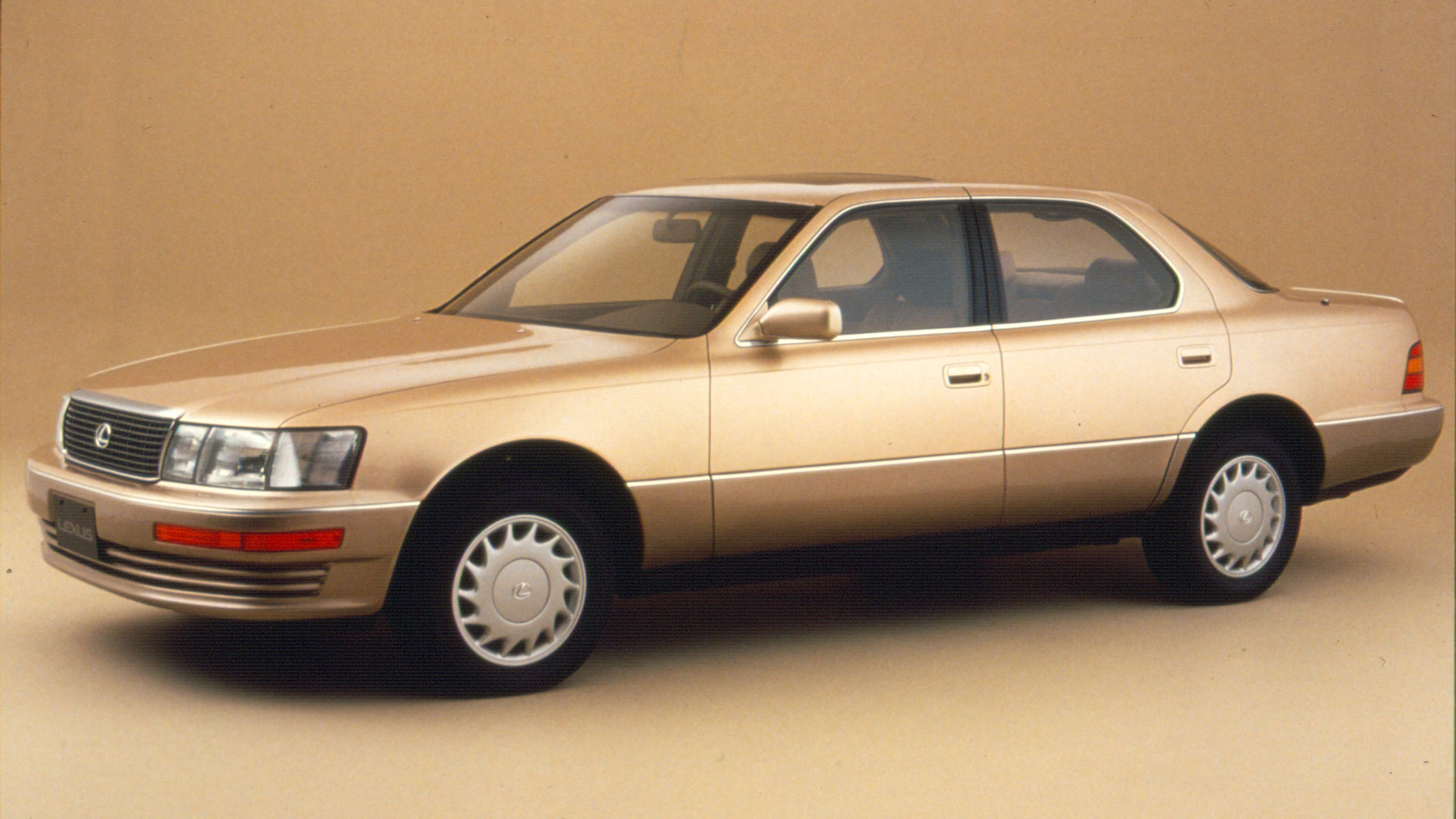
Toyota’s incumbent advertising agency, Saatchi & Saatchi, was given the task of launching Lexus to the world, but a new outlet (Team One) was created to maintain a distance between the mainstream and luxury operations. “It’s not a car. It’s an invention”, proclaimed the press ads, laying the foundations for a brand that would hit a million US sales in 10 years.
Toyota Celsior
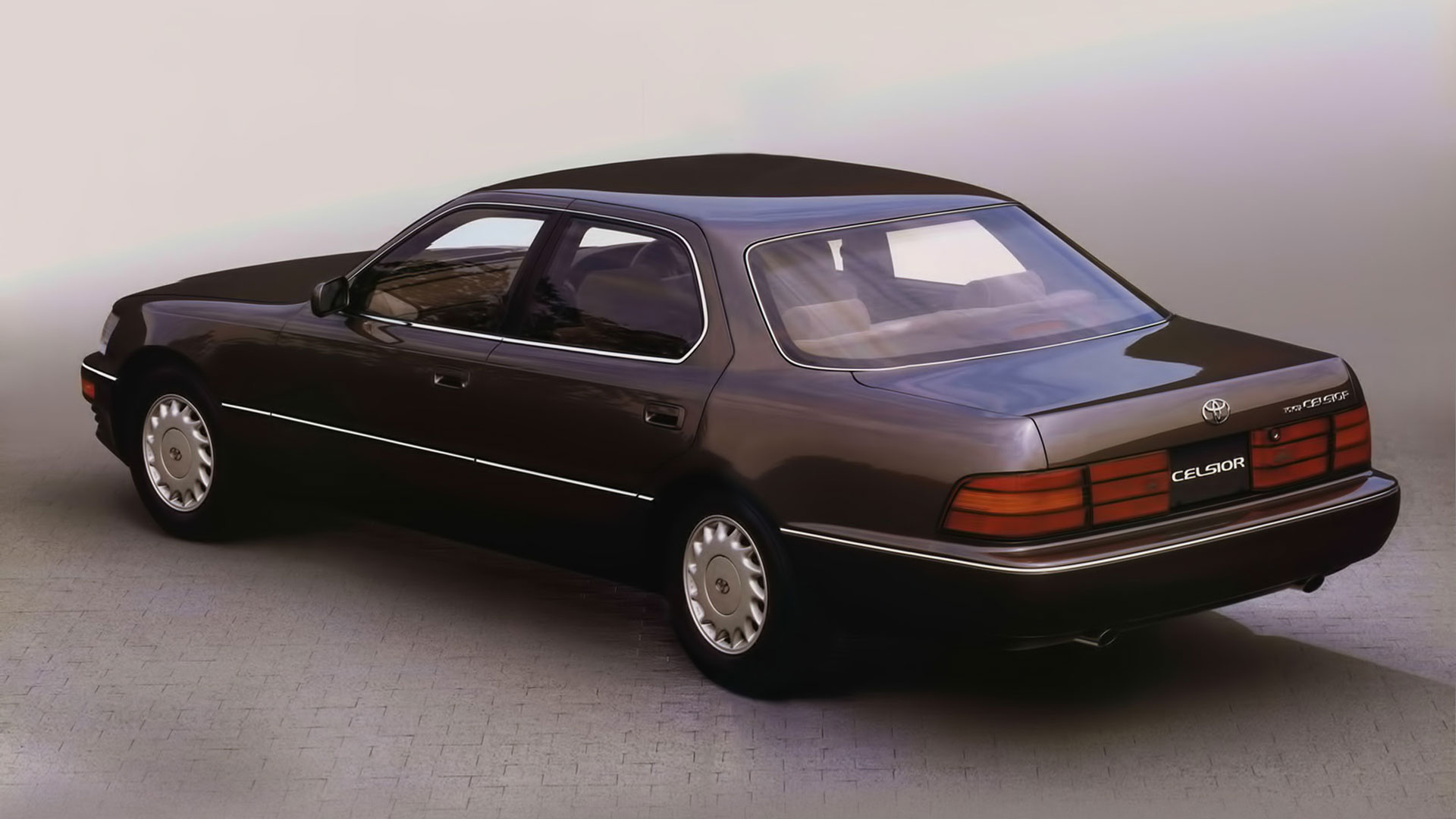
Although rival companies wouldn’t like to admit it, Lexus made a huge impression Stateside, hitting 16,302 sales by the end of 1989, of which 70 percent were the LS 400. The following year, Lexus sold 63,534 cars. Roger Smith, chairman of GM, said: “It’s the customer that benefits from the increased competition, so I say to Lexus – or whatever its name is – come on aboard.” Meanwhile, in Japan, Lexus models were badged as high-end Toyotas. In the case of the Lexus LS 400, the Japanese equivalent was the Toyota Celsior.
Lexus LS 400 in the UK
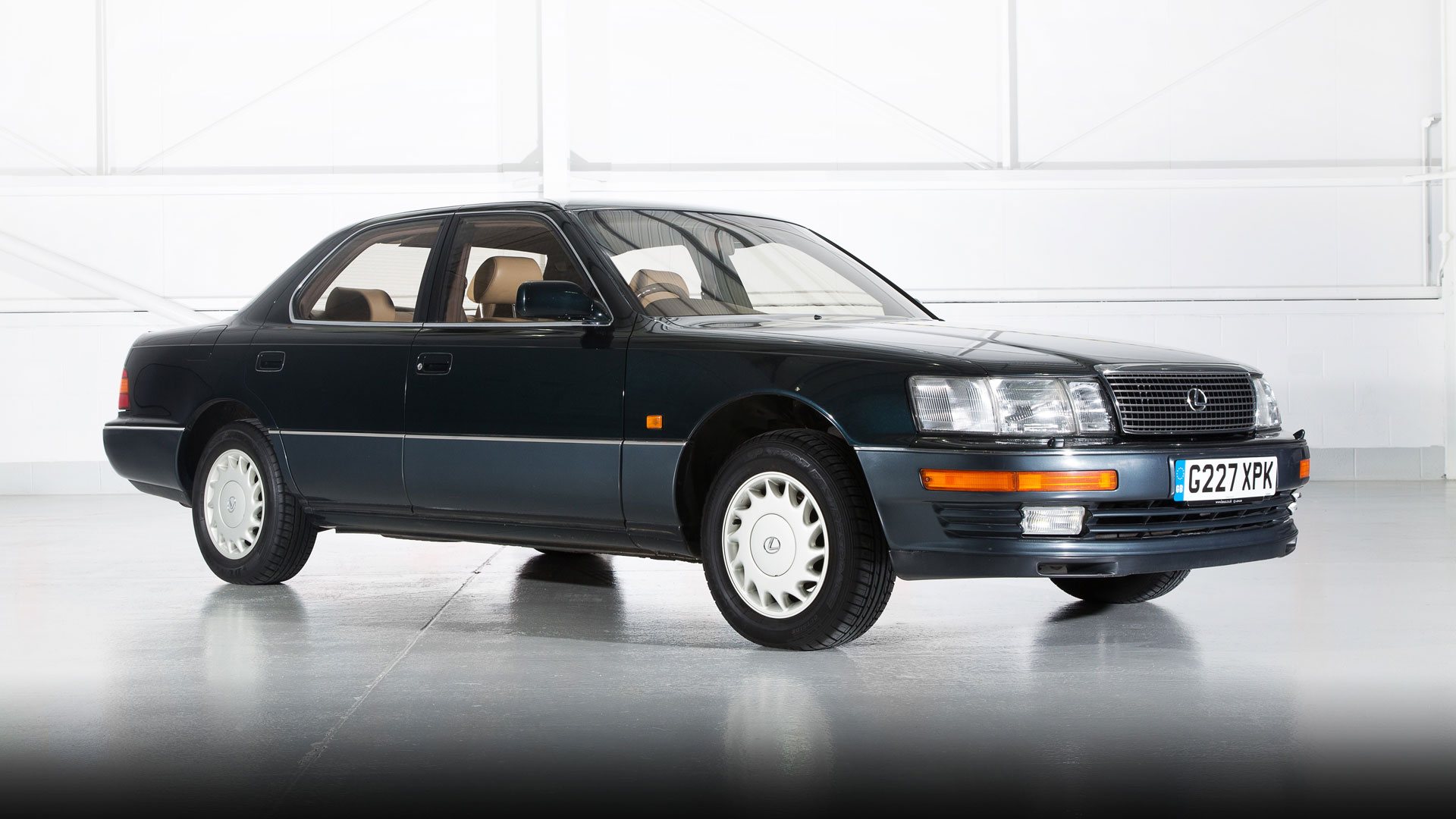
Early LS 400 owners were treated to a book on the history of Lexus, which included a wonderful paragraph written by Dr Shoichiro Toyoda. “In our language we have a saying for the occasion when a daughter is given away in marriage: ‘Here’s our cherished child – please take good care of her.’ That’s just how we feel about the Lexus LS 400. This beautiful motor is, indeed, our cherished child.” Lexus arrived in the UK in June 1990, and although its impact was less dramatic than in the US, the LS 400 was given rave reviews by the motoring press. Journalist Richard Bremner famously did a twin-test against a Rolls-Royce.
Lexus ES 250
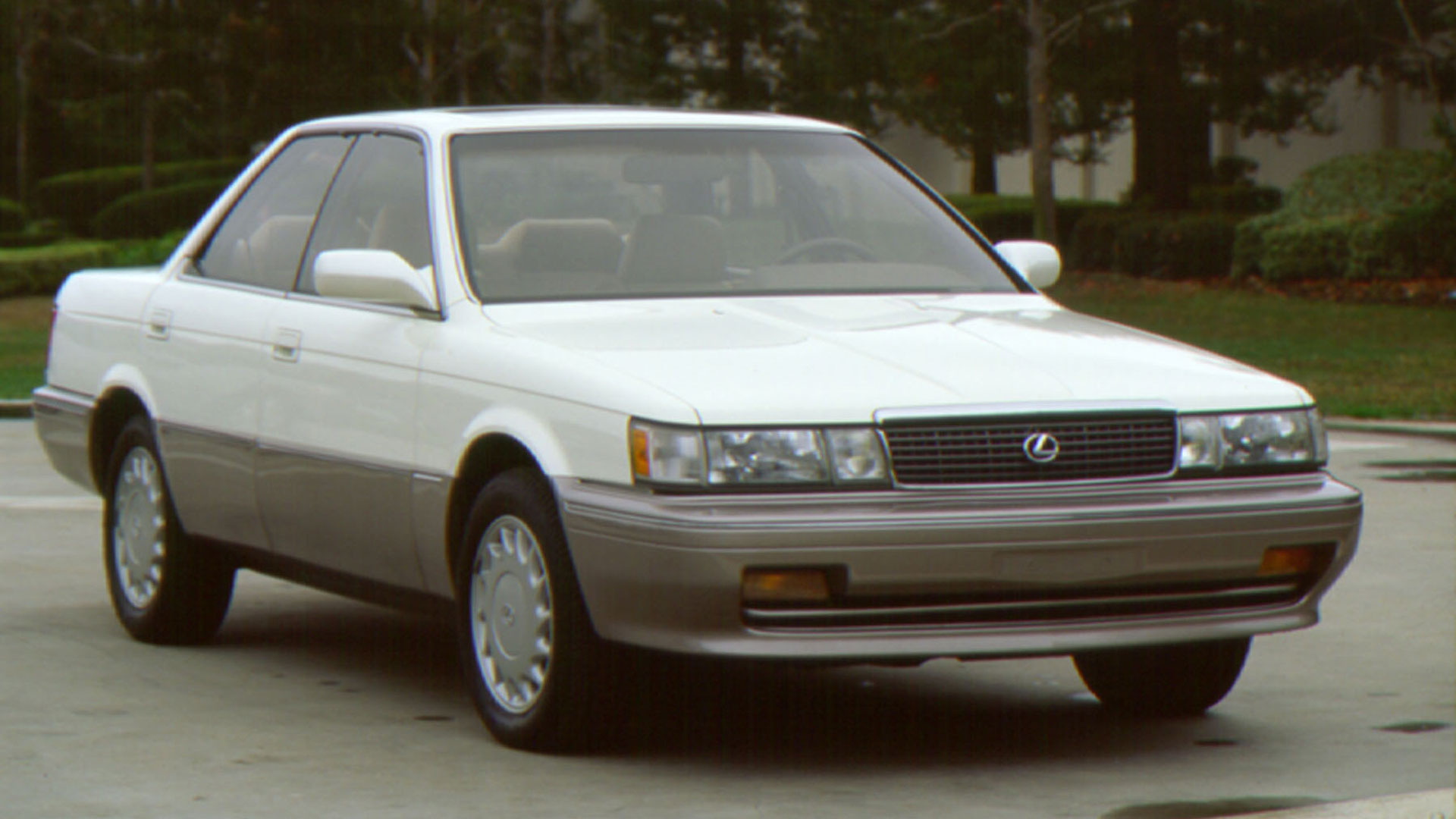
Lexus arrived in the UK as a single model manufacturer, but things were different in America. Sitting alongside the LS 400, you’d have found the ES 250, which was essentially a 24-valve V6-engined Toyota Vista or Camry with a new badge and all of the toys. It’s “more like a Camry that went to finishing school”, proclaimed Motor Trend, rather brilliantly.
Lexus SC 300
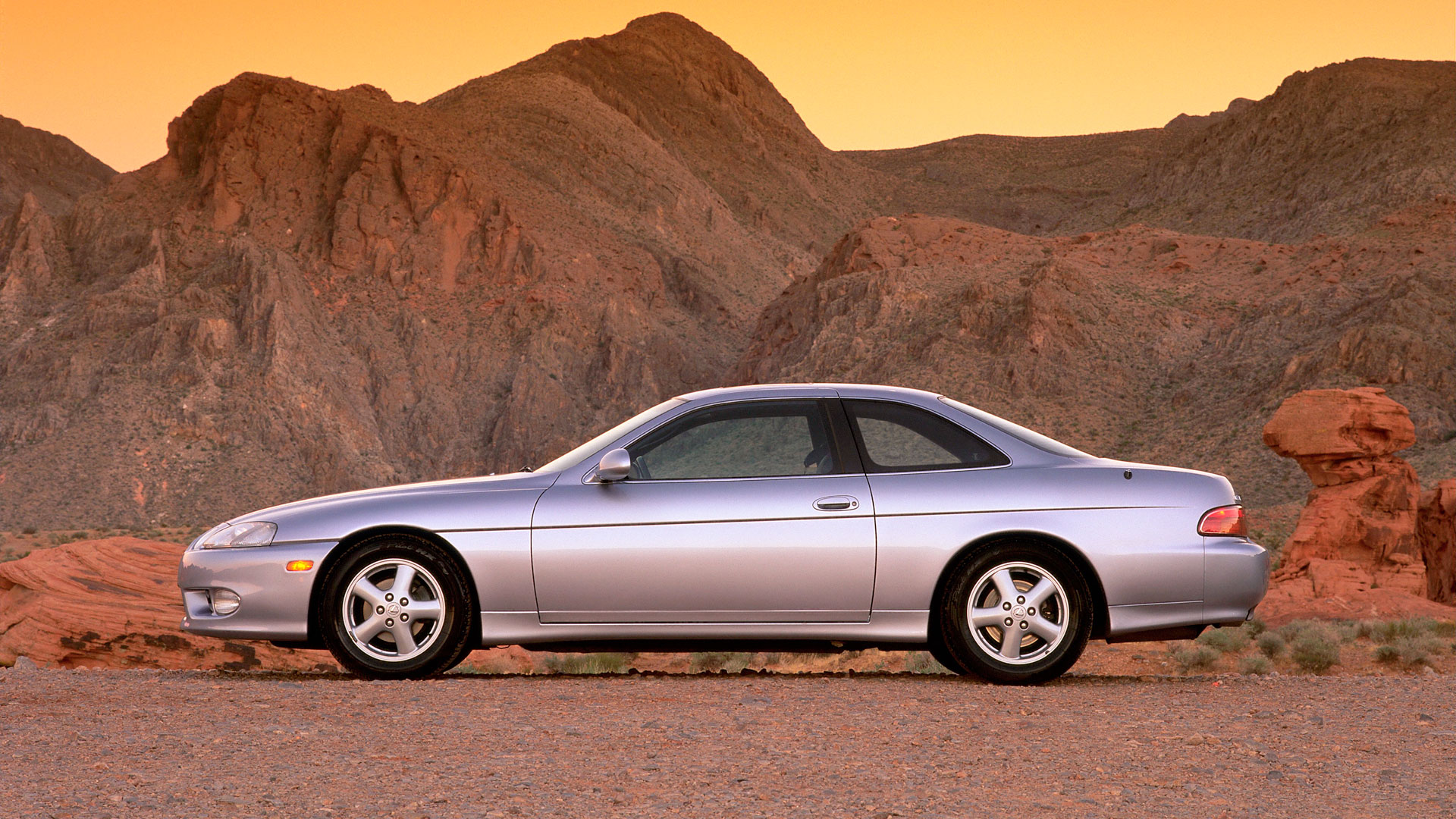
This isn’t a definitive history of Lexus; listing every car and the company’s most notable achievements would require far more than 30 slides. That, in itself, demonstrates how far the company has come in a relatively short space of time. But Japan has a strong track record of upsetting the establishment. Witness the success of the Mazda MX-5, the original Honda NSX and Mazda’s and Toyota’s victories at Le Mans. The Lexus SC was aimed at the Mercedes SL market, with the exterior development handled in California. It was never officially sold in the UK, but many were imported from Japan, where it was known as the Toyota Soarer.
Lexus GS 300
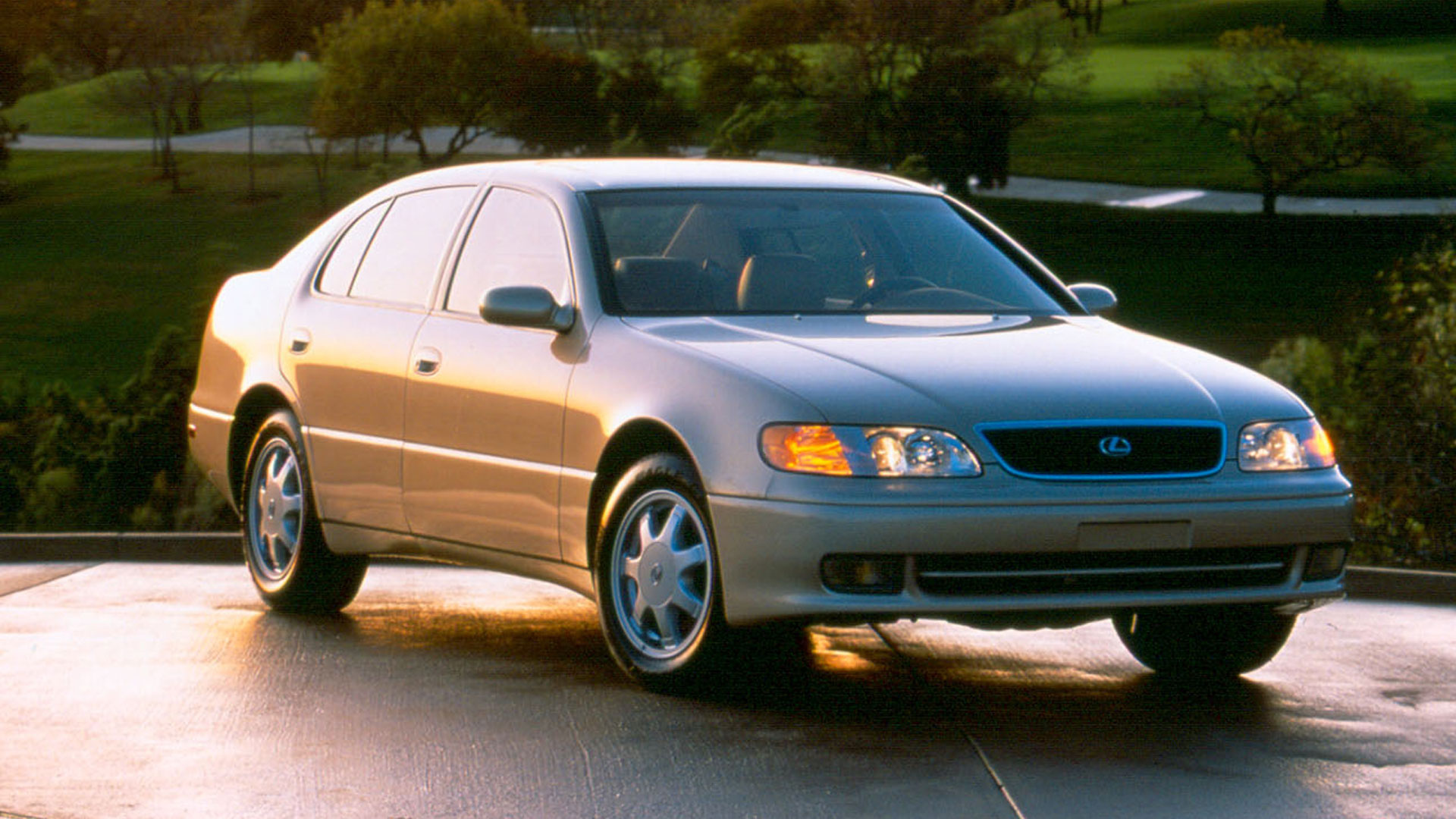
The Lexus GS 300 arrived soon after, looking every inch the lovechild of the LS 400 and SC 300. The elegant Giugiaro-designed GS (Grand Sedan) – which was known as the Toyota Aristo in Japan – debuted with a 3.0-litre straight-six Supra engine, but a 4.0-litre V8 engine arrived later. Further versions followed, including the fourth-generation of 2012, which featured the world’s first 12.3-inch display.
Second-generation Lexus LS 400
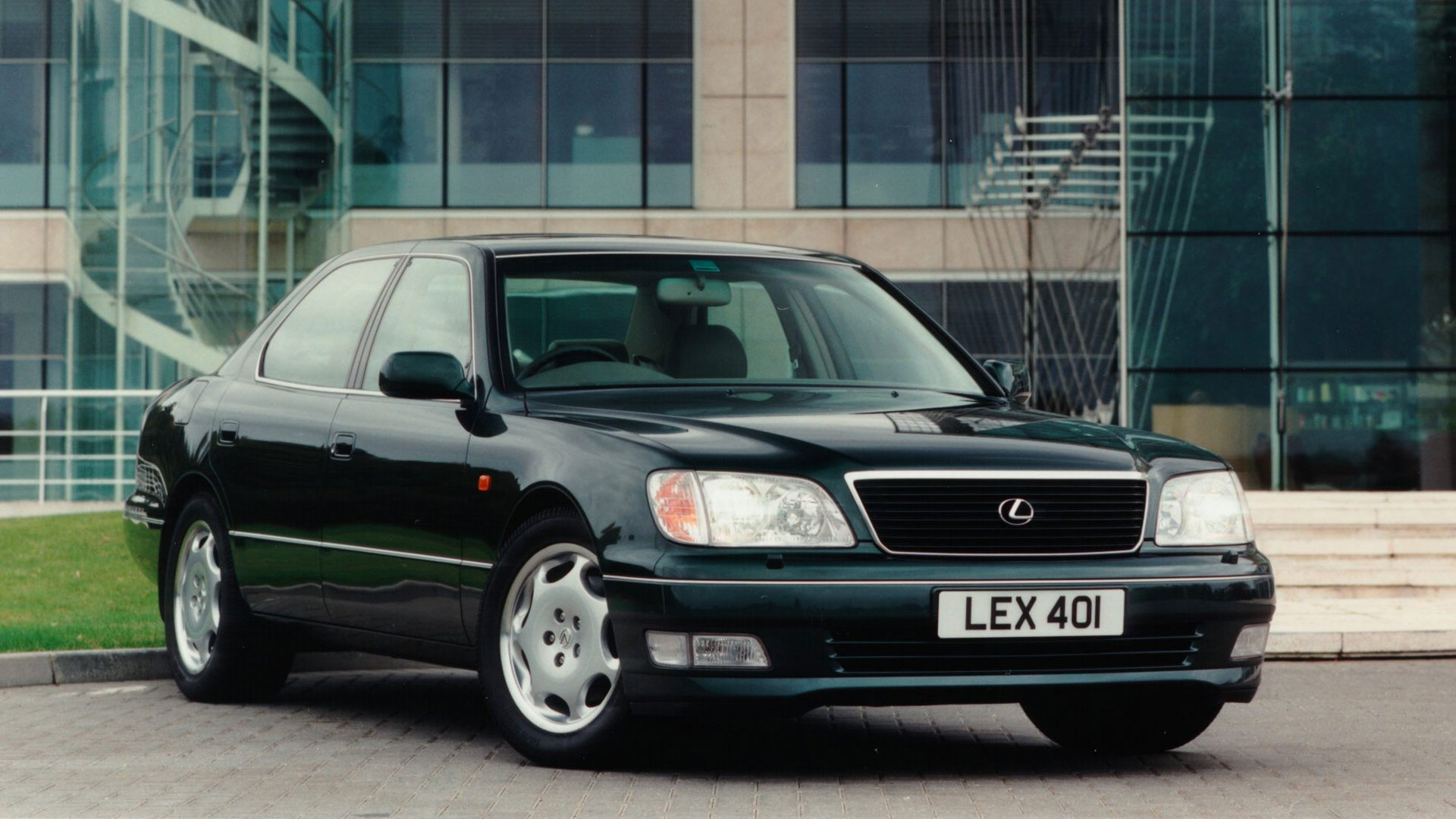
Meanwhile, work on the second-generation LS 400 began in 1991, just two years after the launch of the original car in 1989. Although it looked similar, 90 percent of the components were either new or redesigned, with Lexus working hard to answer many of the criticisms of the first LS 400. A 35mm longer wheelbase resulted in 65mm more rear legroom, while interior storage was up 300 percent. Other highlights included the world’s first six-disc CD autochanger, the first seat suspension, and the first production car with a collapsible steering column.
Lexus RX 300
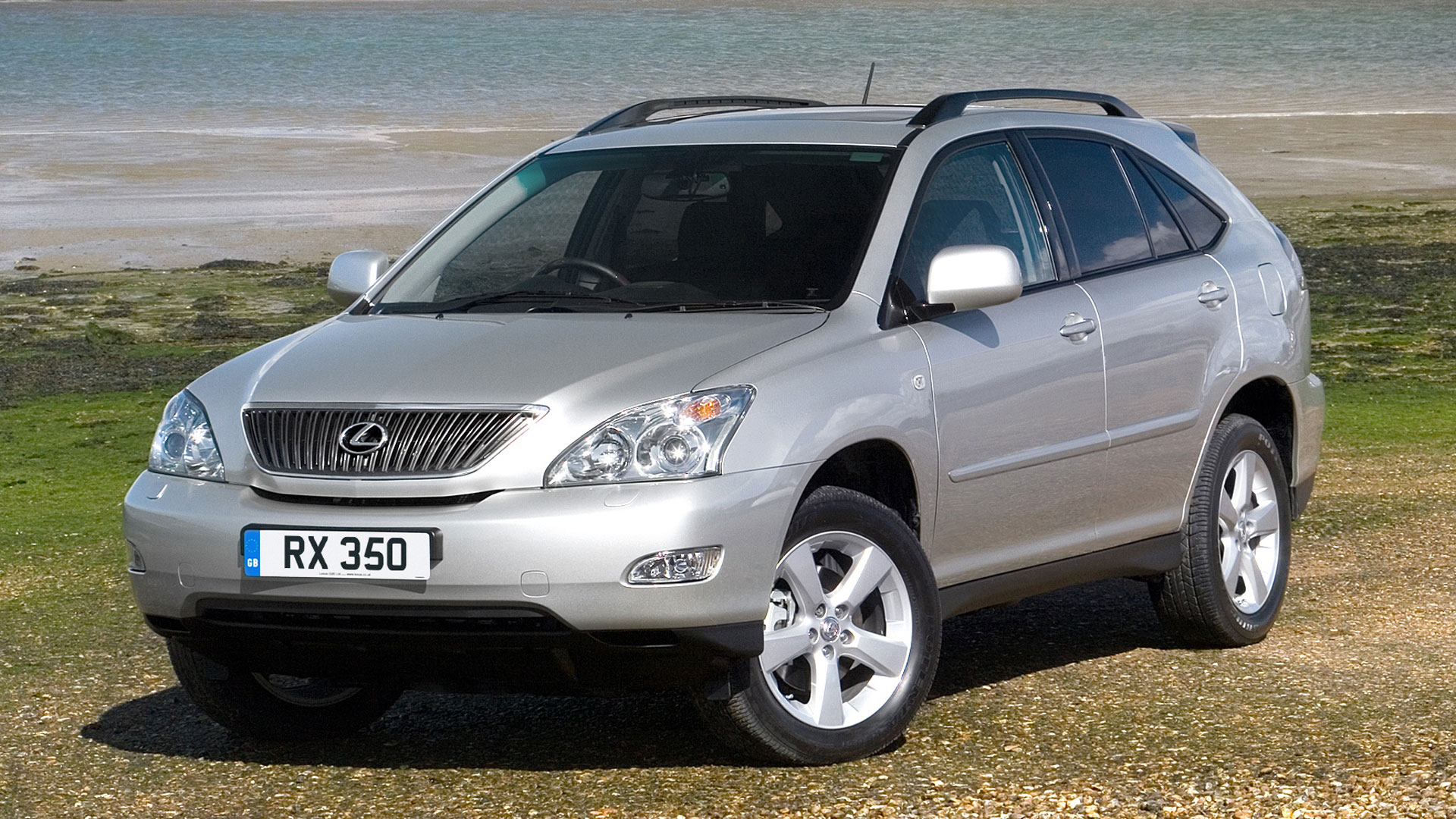
With the RX 300, Lexus was way ahead of the curve. The idea of a premium crossover was floated in 1993, before development started in 1994. The final design was approved by the end of 1995, with prototypes tested in early 1997. It launched in Japan as the Toyota Harrier in December 1997, before exports started in March 1998. It became the best-selling car in the range – at one point it accounted for half of all Lexus sales – with 370,000 RX 300s sold worldwide before the second-generation model debuted in 2003.
Lexus IS 200 and IS 300
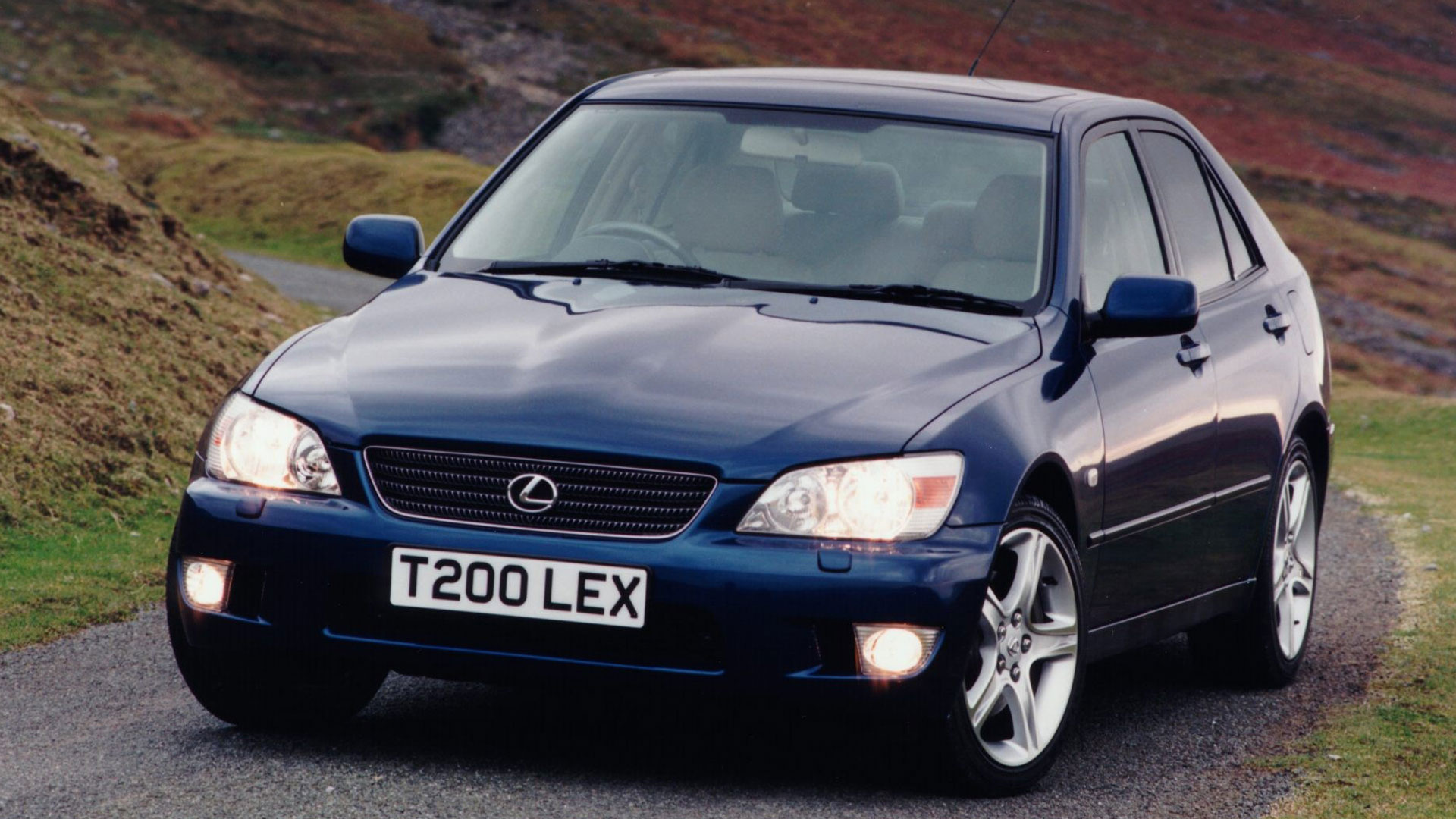
The IS 200 and IS 300 represented Lexus’ assault on the compact executive market, with the Japanese company hoping to woo buyers of the 3 Series and C-Class. Development was led by Nobuaki Katayama, who had previously worked on the AE85/86 Corolla, as well as being involved in Le Mans and rallying. Known as the Toyota Altezza in Japan, the IS arrived in the UK in 1999.
Lexus SC 430
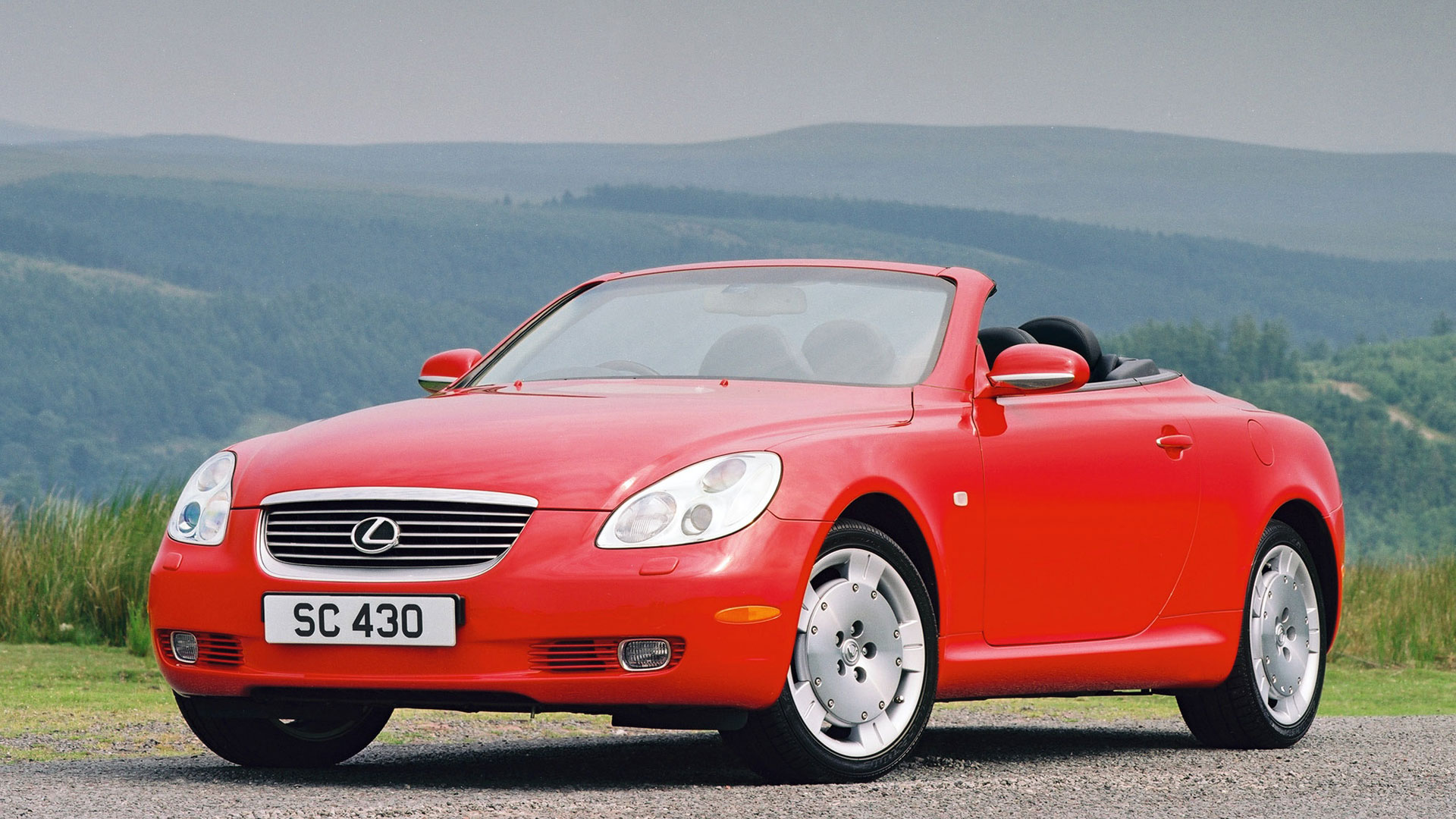
The much-maligned and misunderstood SC 430 was first shown at the 1999 Tokyo Motor Show as the Sport Coupe concept. A production version was unveiled at the 2000 Paris Motor Show, before being released in 2001 to coincide with the 20th anniversary of the Toyota Soarer. Designer Sotiris Kovos took inspiration from Italian Riva powerboats, with power sourced from the 4.3-litre V8 engine found in the LS 430.
Lexus RX 330
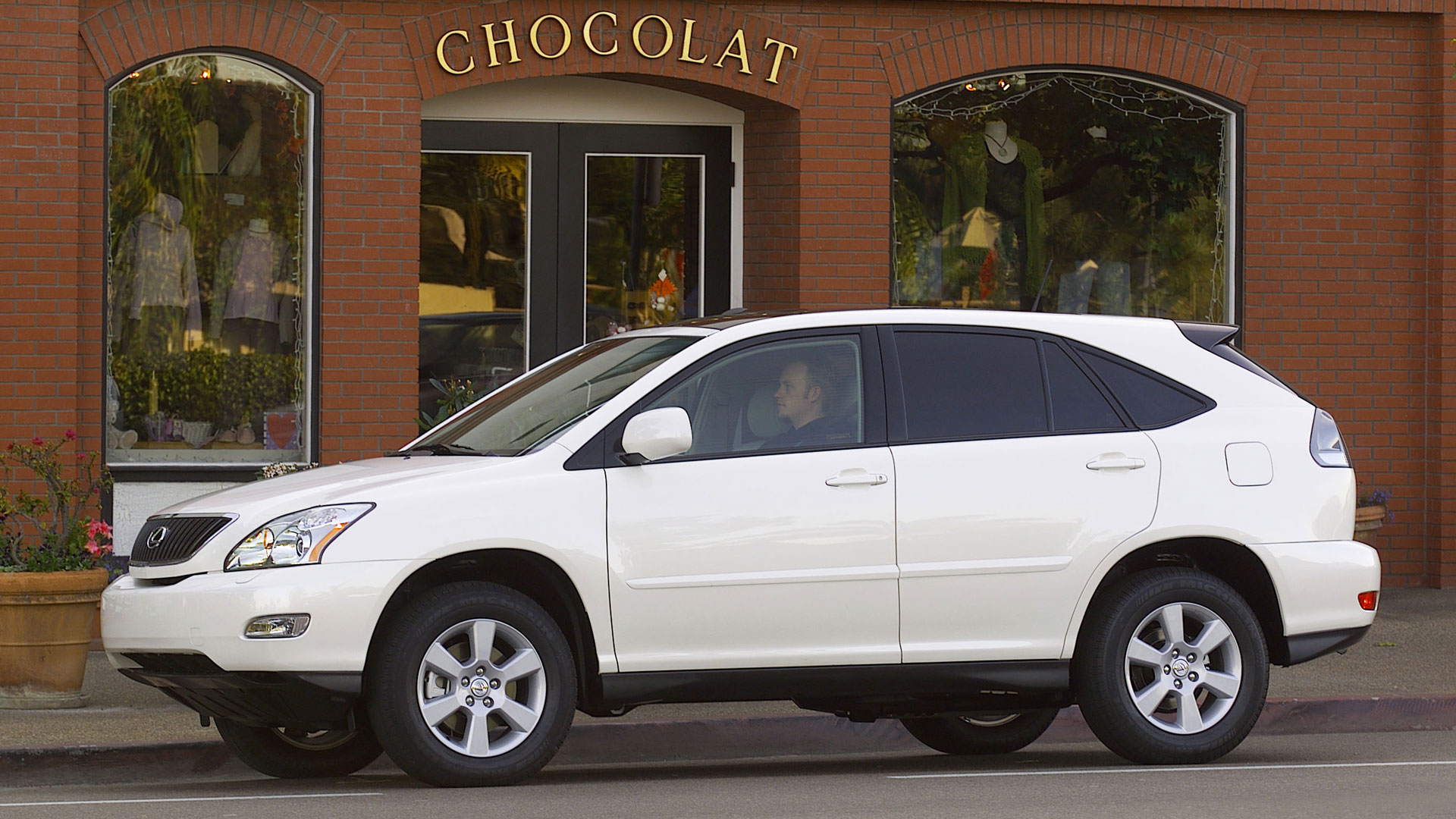
In the RX 300, Lexus claims to have created the premium crossover segment, and it soon became America’s best-selling SUV. The second-generation RX 330 went on sale in 2002, becoming the first Lexus vehicle to be manufactured in North America. The plant in Ontario was the first plant outside of Japan to produce a Lexus model.
Lexus RX 400h
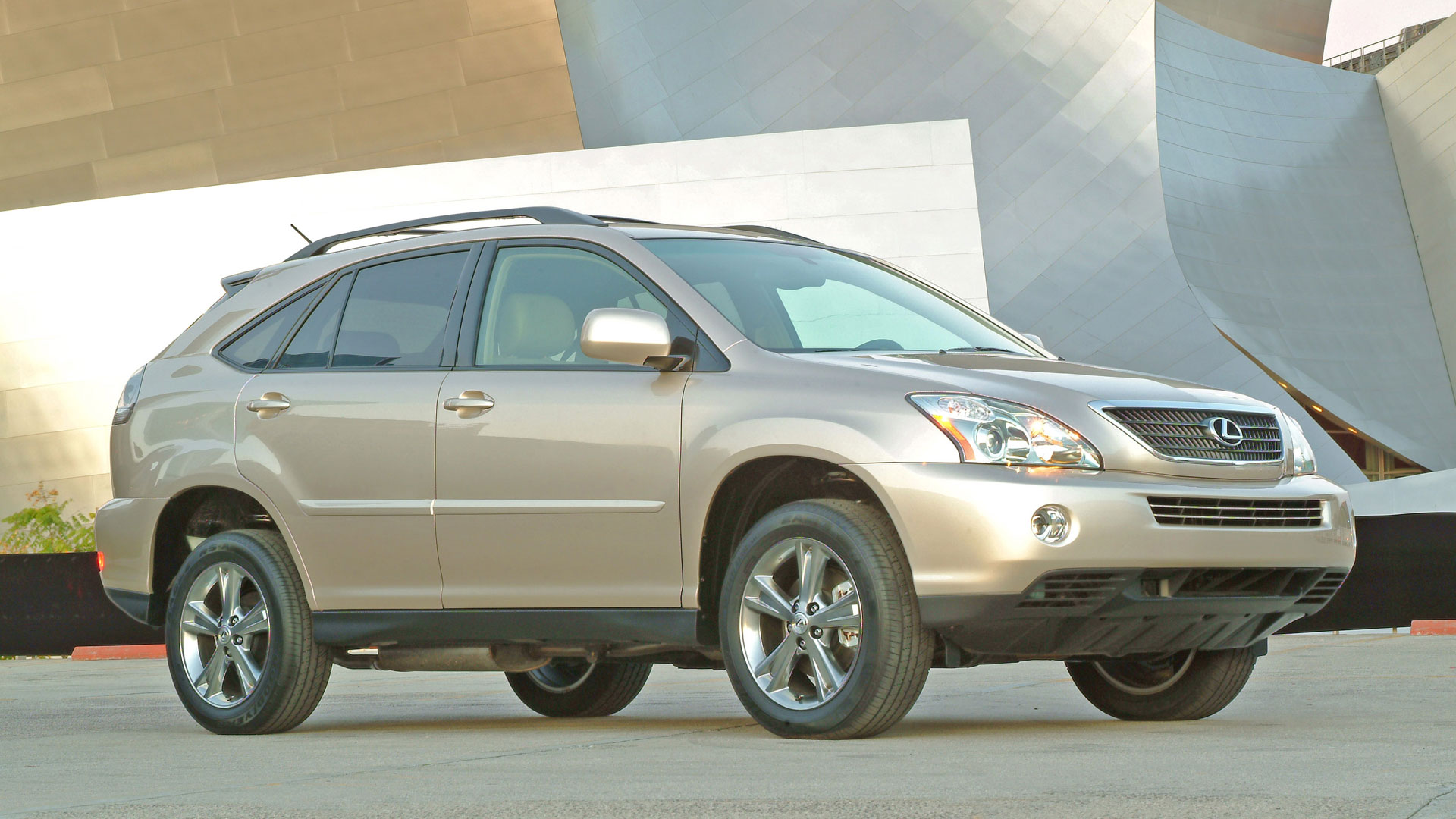
In 2004, Lexus sold its two-millionth vehicle in the US and introduced the world’s first luxury hybrid vehicle: the RX 400h. In the same year, Lexus unveiled the third-generation GS 300 and GS 430, along with all-new IS 250 and IS 350 saloons. A timeline will show that Lexus was churning out cars with a fair degree of regularity, but it was struggling to recapture the euphoria associated with building the ‘best car in the world’, aka the LS 400. It needed a halo model.
Lexus LF-A concept
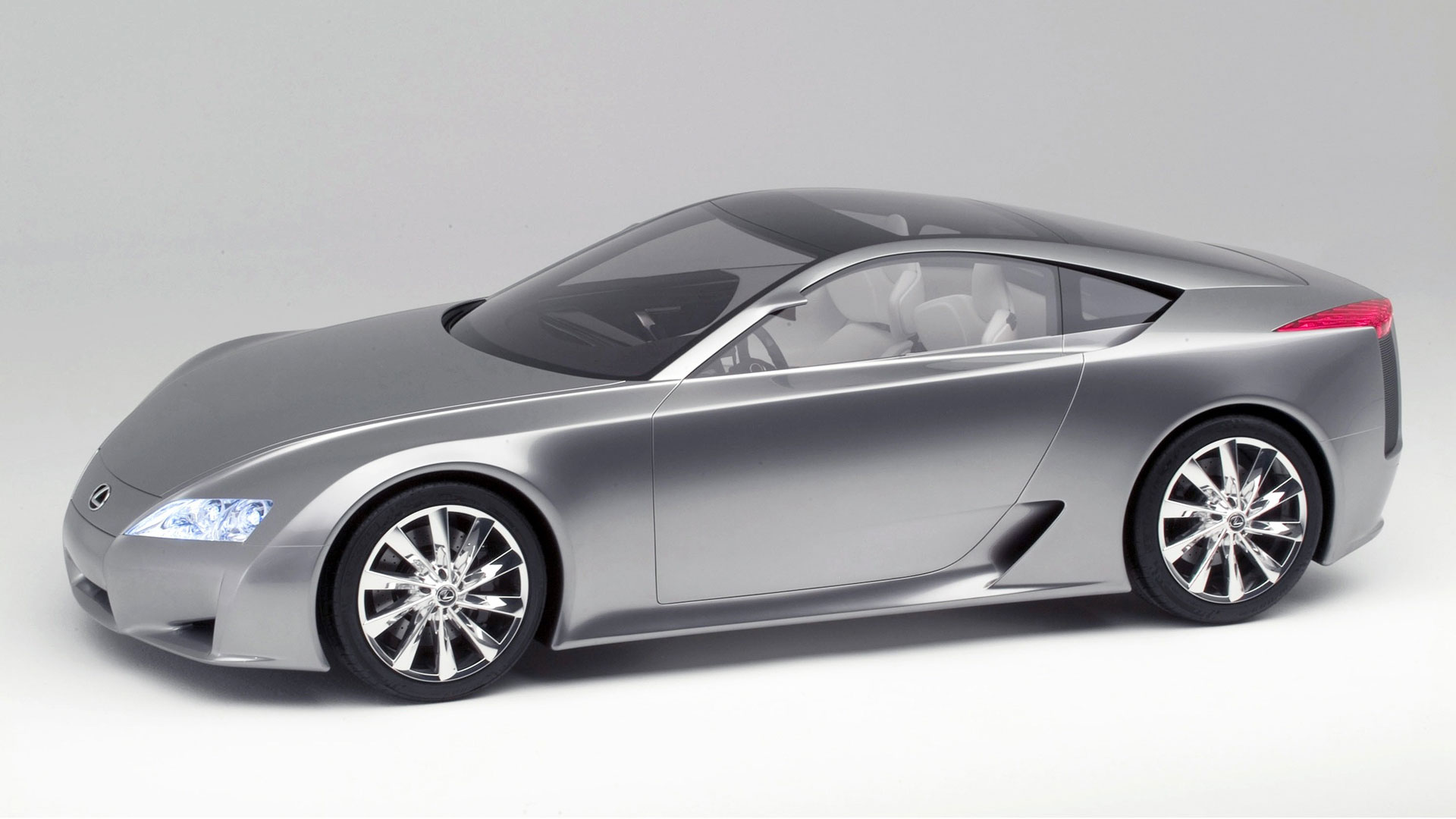
Step forward the LFA supercar, which by the time it debuted as the LF-A concept in 2005 had already undergone five years of development. For a brand built on the luxury of hydraulically-damped cup holders, ashtrays and coin holders, the idea of a supercar was straight outta the weird closet. This was Toyota CEO Akio Toyoda’s Volkswagen Phaeton or Bugatti Veyron. A project designed to show the world what Lexus can do when let off the leash.
Lexus LFA
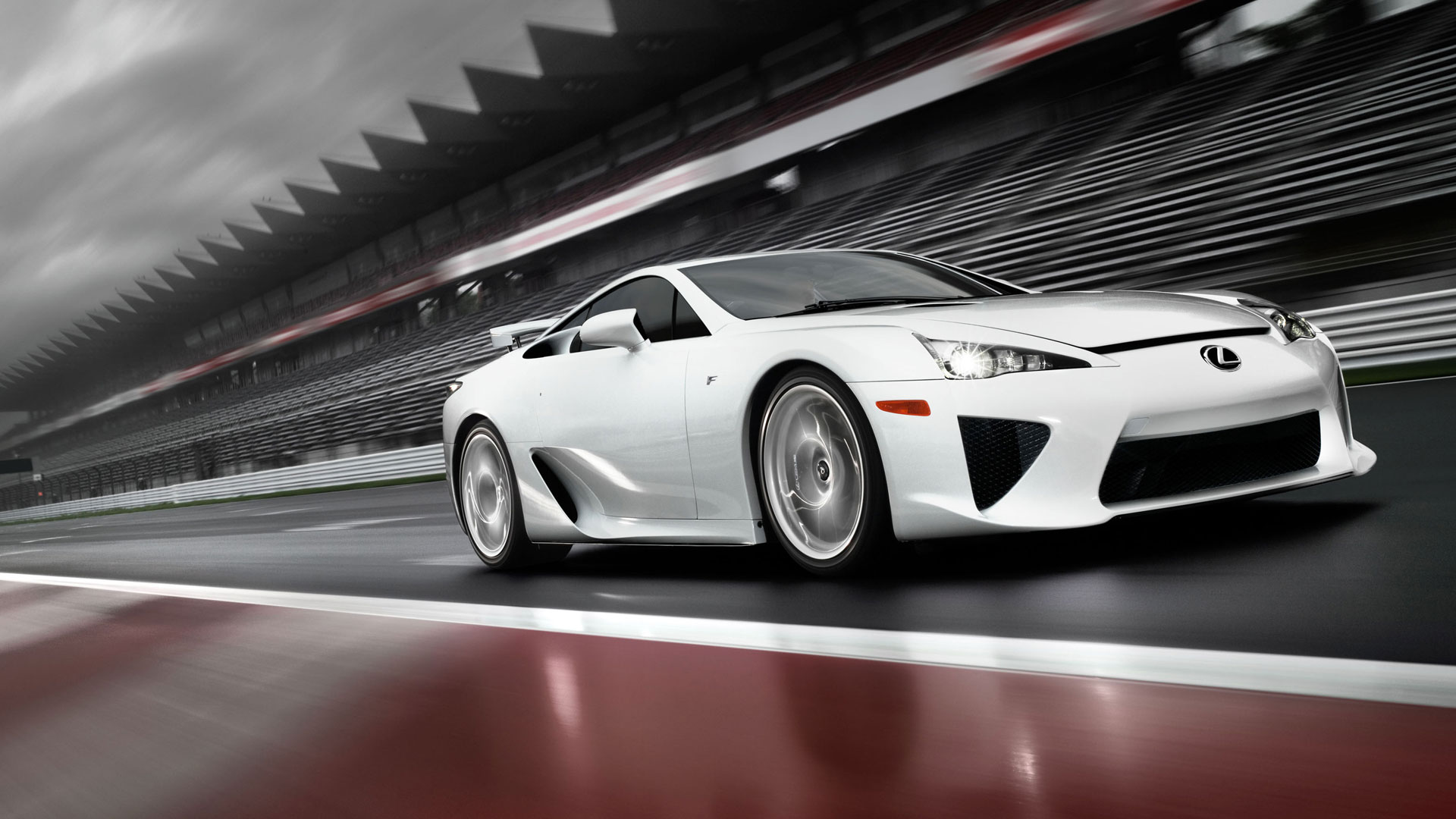
The five-year development plan turned to seven when Toyota decided to build a car entirely from carbon fibre. A second concept was unveiled in 2007, before the production version debuted at the 2009 Tokyo Motor Show. Power was sourced from a 4.8-litre V10 engine co-developed by Yamaha. Jeremy Clarkson said: “If someone were to offer me the choice of any car that had ever been made ever, I would like a dark blue Lexus LFA.”
Lexus in Japan
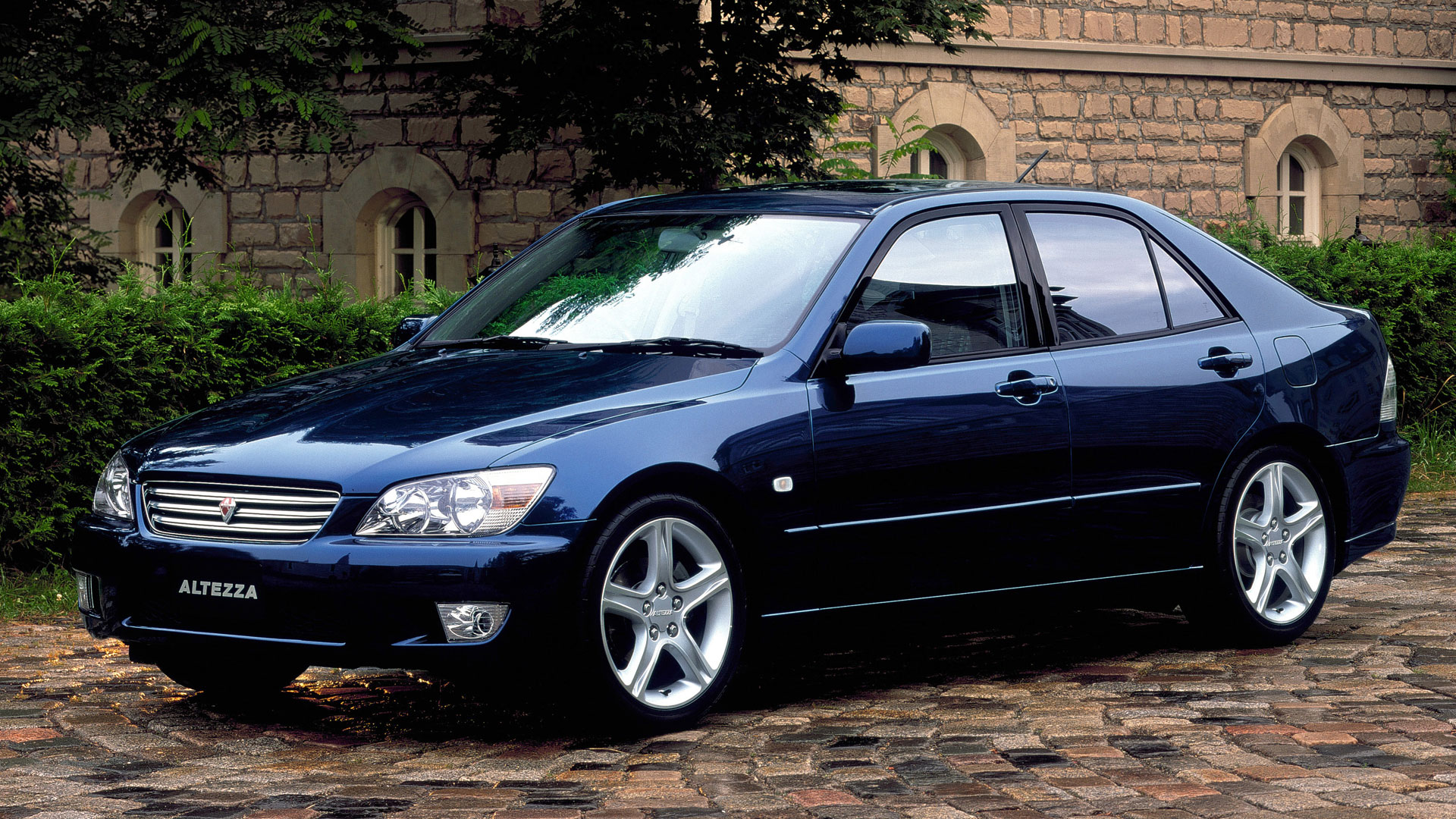
The year 2005 was a significant one for the company, with Lexus-badged products sold in Japan for the first time. The likes of the Toyota Aristo, Harrier and Altezza bowed out with grace and dignity.
Lexus GS 450h
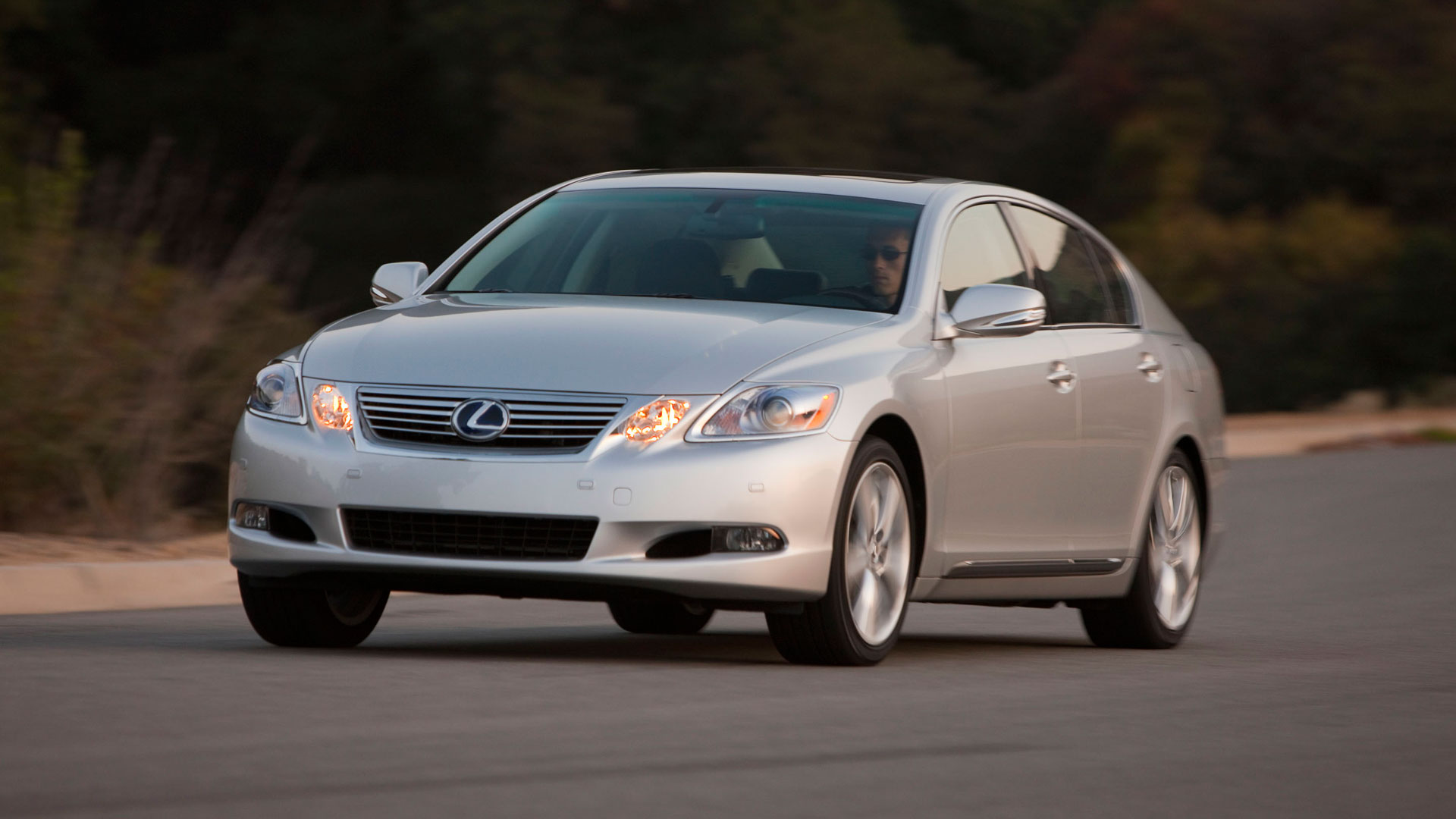
The LS 400 might have laid the foundations for Lexus as a luxury brand, but the RX 330 and GS 450h (pictured) were two of the first luxury hybrid vehicles. Earlier this year, Lexus announced that it had sold 1.45 million hybrid cars, with sales of ‘self-charging’ vehicles up 20 percent in 2018.
Lexus IS F
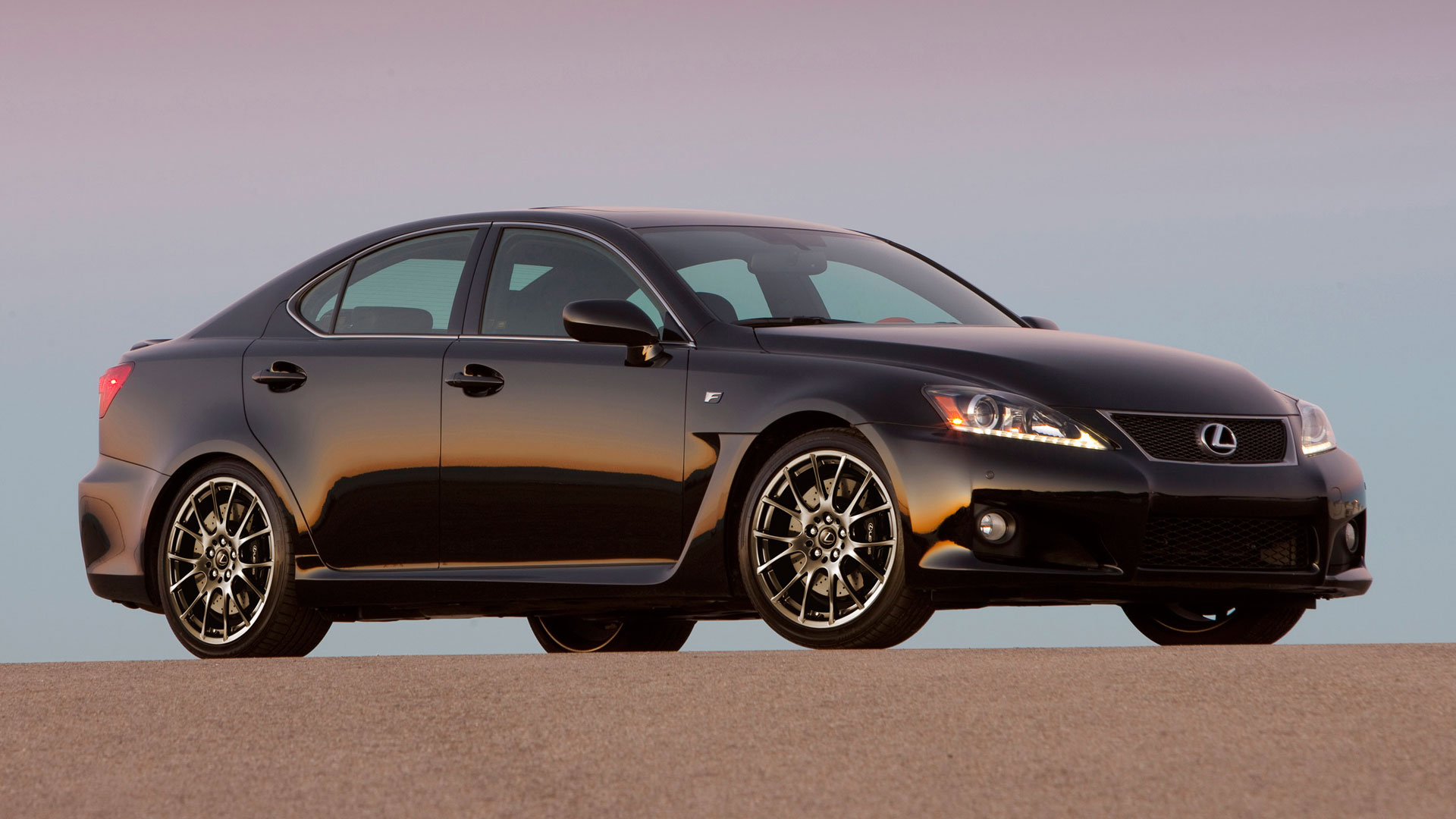
In 2007, Lexus unveiled the 416hp IS F. Designed to take on the might of BMW’s M division and Mercedes’ AMG, this was the first F product and it was, according to Lexus, “the most uncharacteristic car [it] had ever built”. Well, it did pre-date the production version of the LFA.
Lexus HS 250h
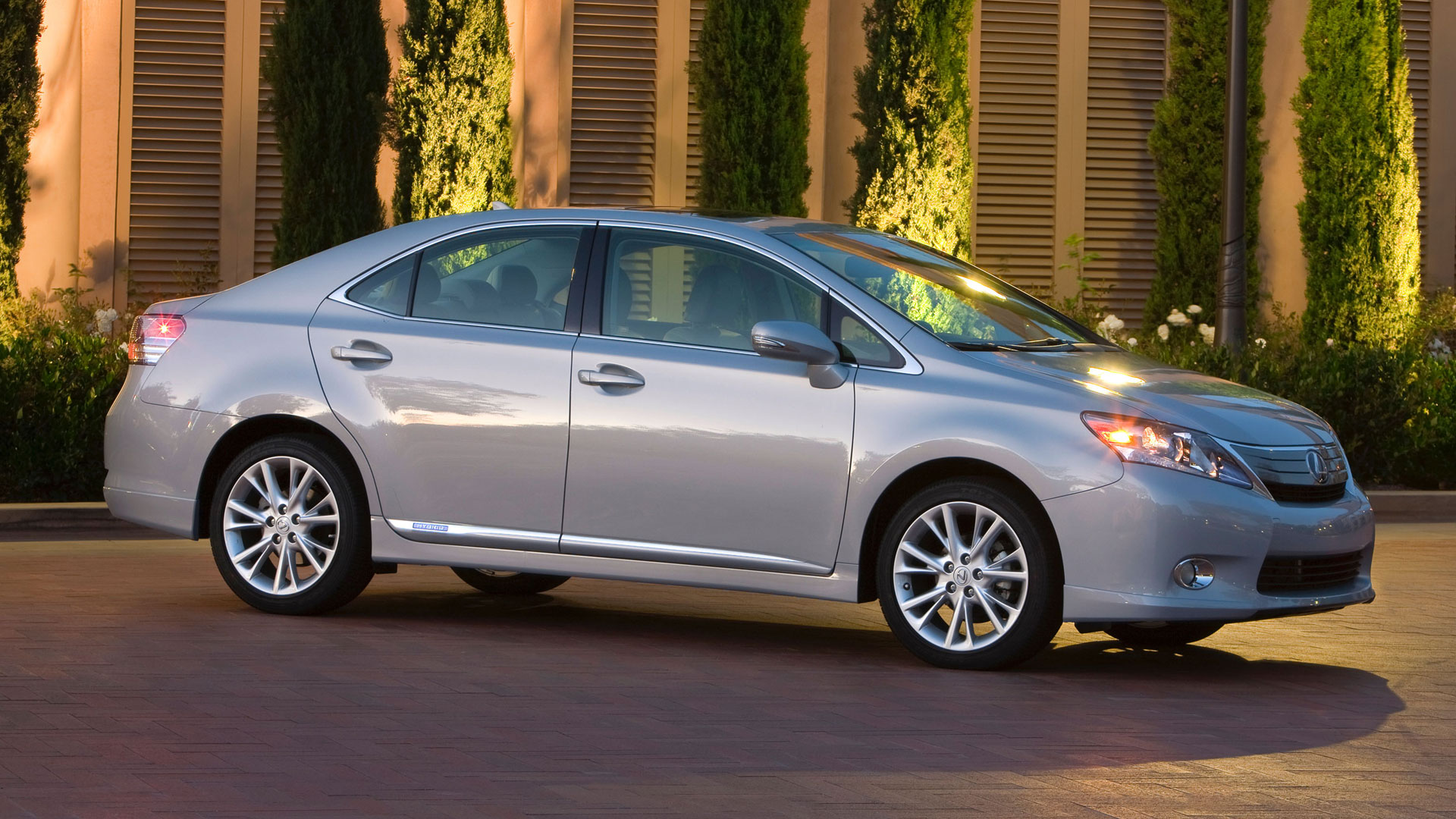
Lexus likes ‘world-firsts’. The HS 250h might be largely unknown in the UK, but it just happened to be the world’s first hybrid-only luxury vehicle…
Lexus CT 200h
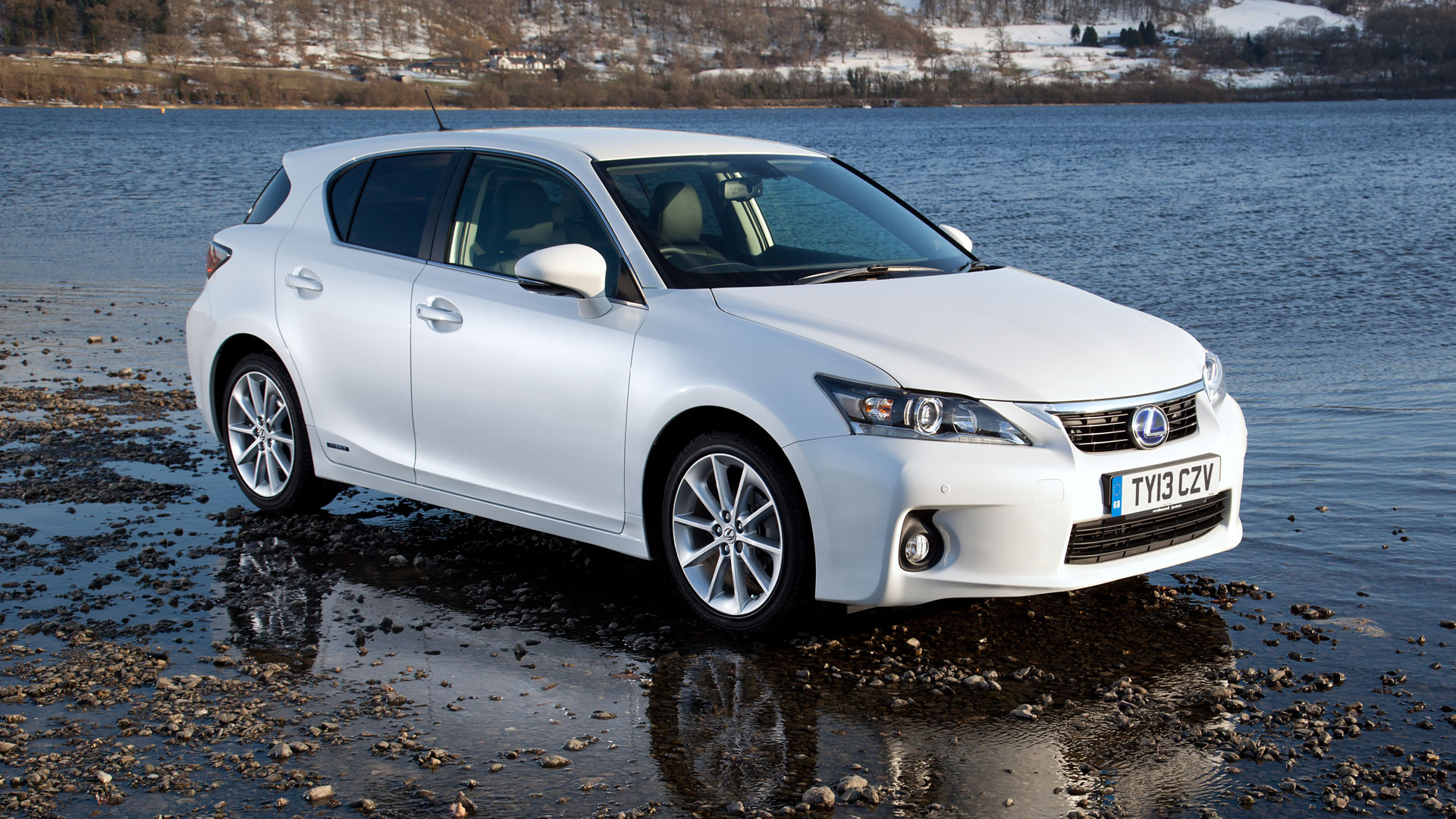
This was followed by the CT 200h – the world’s first hybrid premium hatchback. In truth, low running costs and Lexus’ legendary reputation for reliability were its two strongest points, because the CVT transmission was woeful, space in the back was compromised and it wasn’t that great to drive. Still, if you wanted a Toyota Prius with a tad more luxury, the CT 200h would fit the bill.
Lexus LF-LC
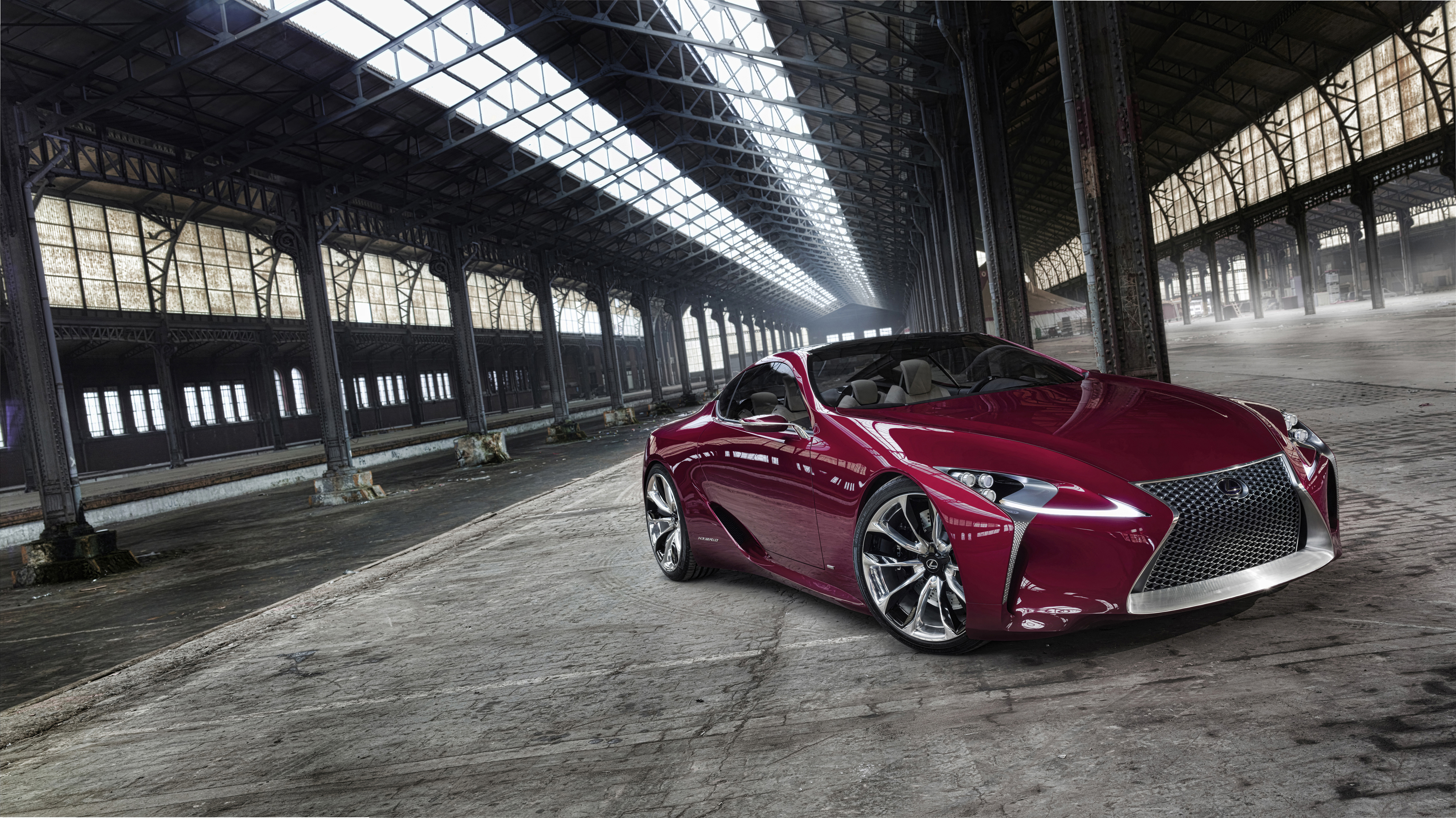
Lexus has a habit of building drop-dead gorgeous or dramatic concepts. Or, in the case of the LF-LC, drop-dead gorgeous and dramatic. That’s Future-Luxury Coupe, by the way.
Lexus LC
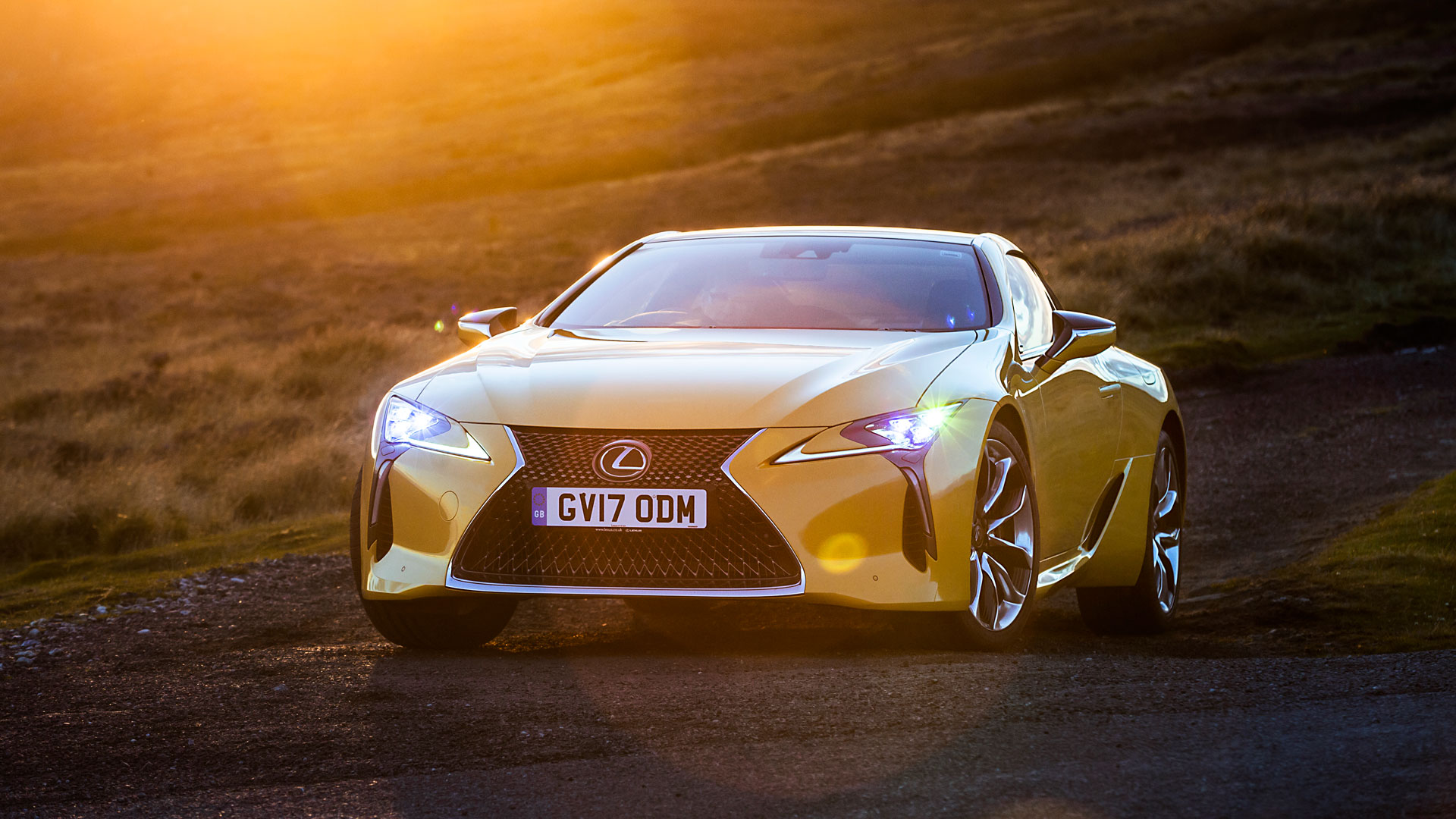
Lexus wasn’t lying when it said ‘Future’, because the LF-LC concept spawned the equally alluring LC performance coupe. We don’t think it’s possible to buy something more dramatic or eye-catching for less than £100,000.
Lexus RC F
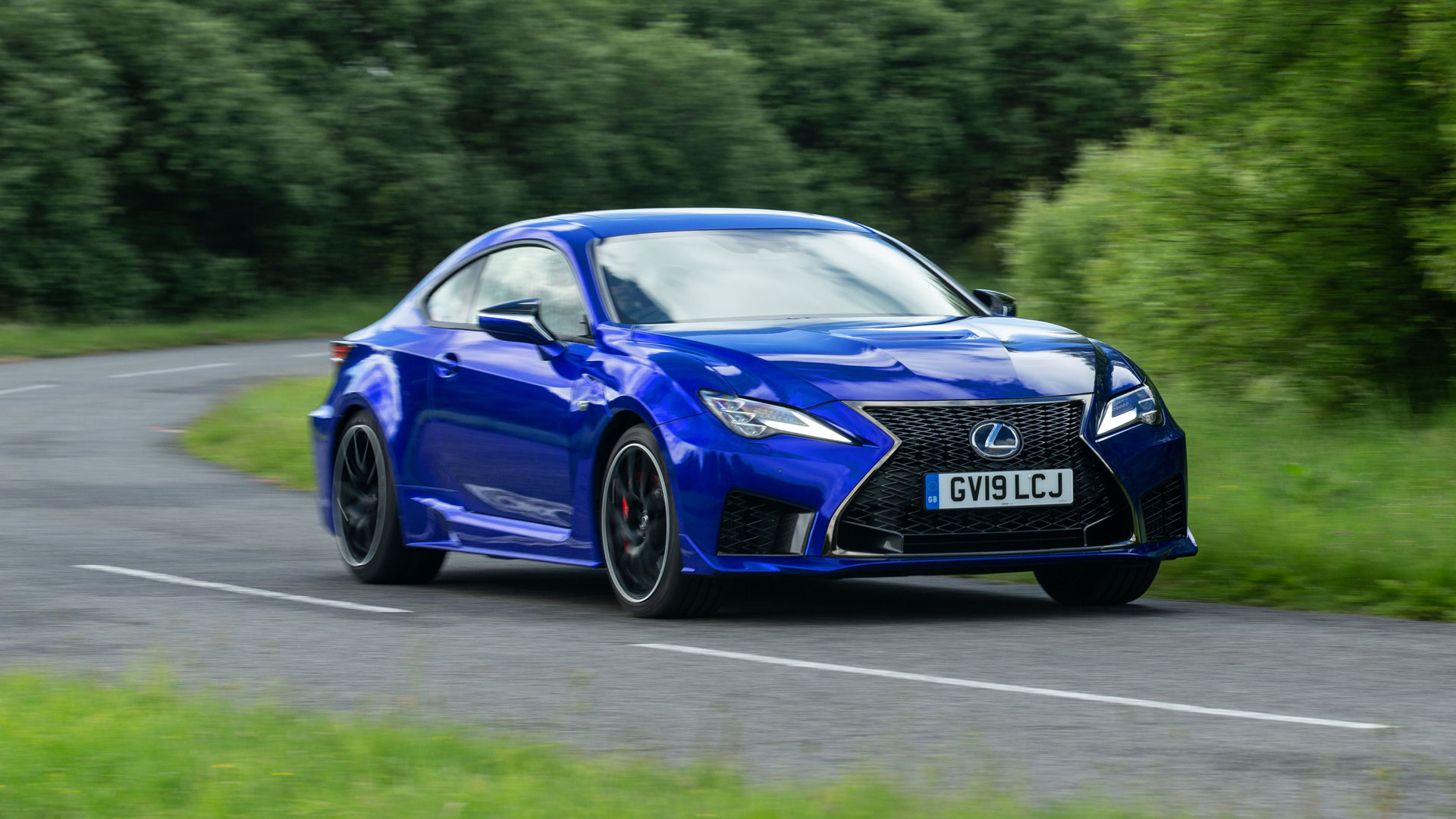
We could be closing this gallery with a look at the countless saloons and crossovers launched by Lexus over recent years, but you’ll forgive us for highlighting the RC F instead. This is Lexus’ response to the German performance saloons and coupes – a kind of BMW M4 with a Japanese twist. You can even get a Track Edition of this V8 monster, complete with a significant weight reduction and carbon ceramic brakes.
Lexus UX, NX and RX
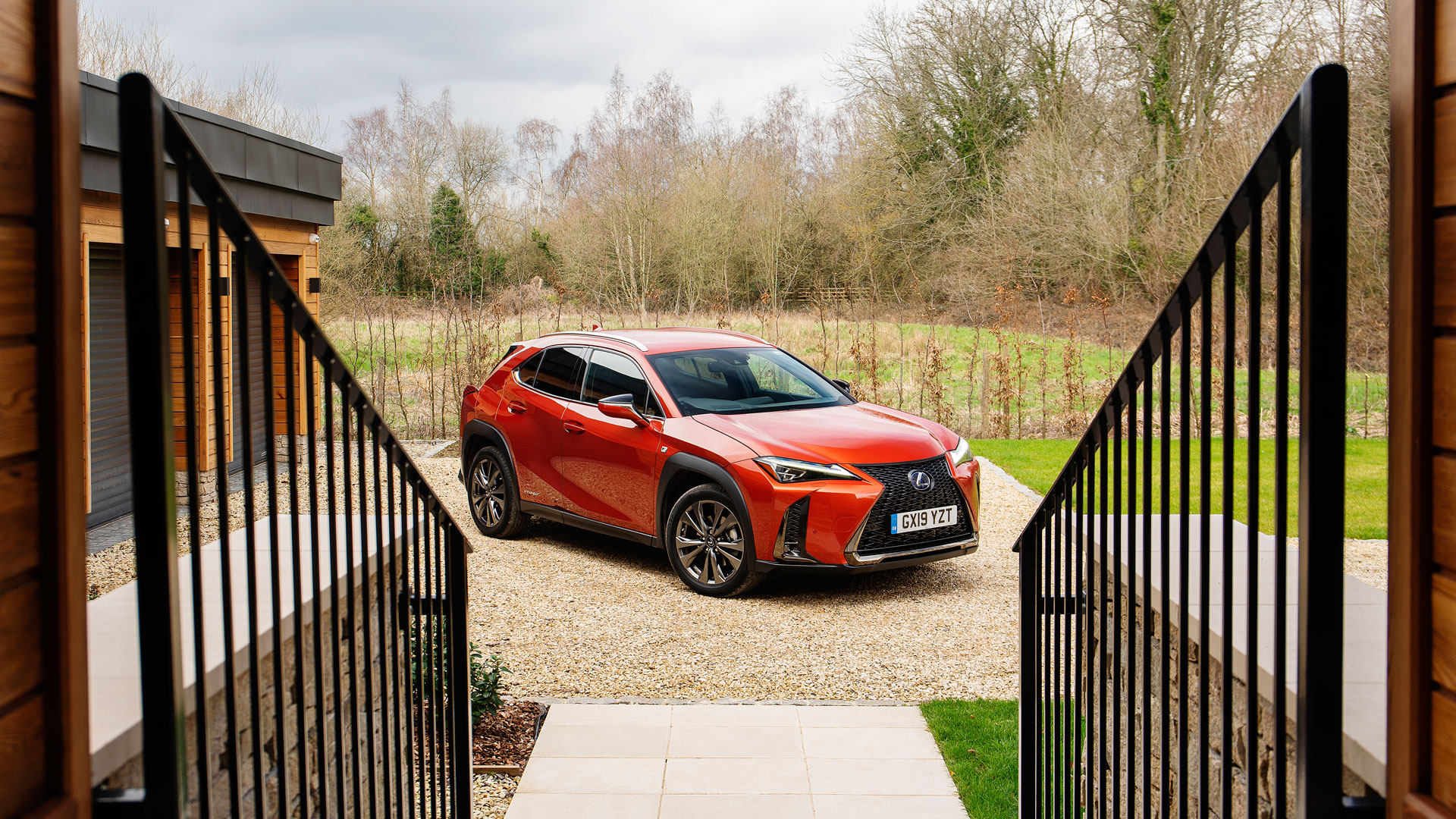
But as much as we like to watch videos of the LC and RCF – not to mention dream about the LFA – the future of Lexus will be underpinned by crossovers with hybrid powertrains, like the UX, NX and RX. Alternatively, you could buy a sub-£2k LS 400 to relive the glory days.
10 million vehicles sold
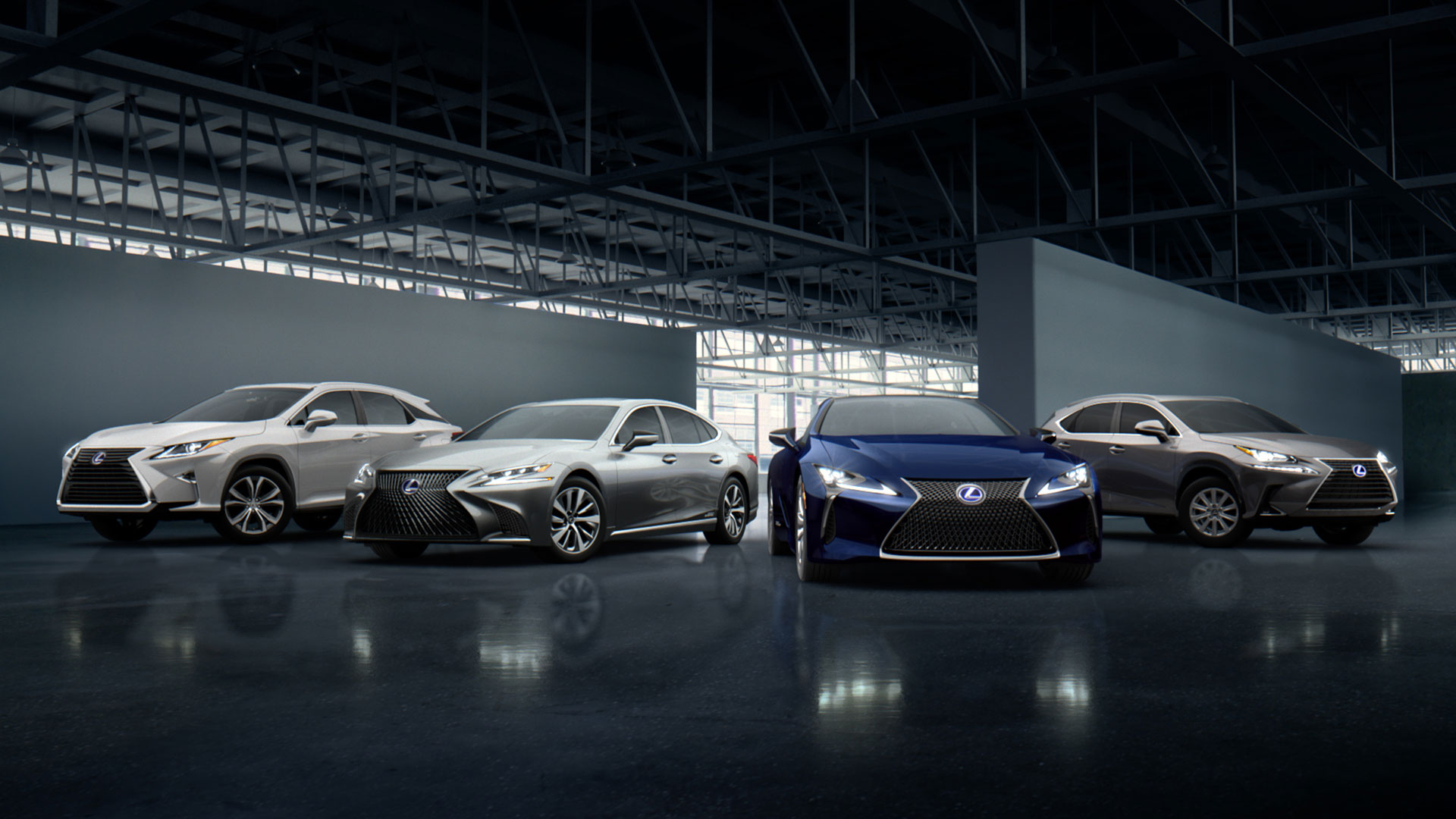
In Europe, Lexus has sold around 875,000 cars since 1990 – less than 10 percent of the 10 million vehicles sold since the brand launched in 1989. However, the European market appears to be on the up, with sales increasing by 76 percent in the last five years. We’re expecting to see the first all-electric Lexus in 2020, while all models will have an electrified option by 2025.